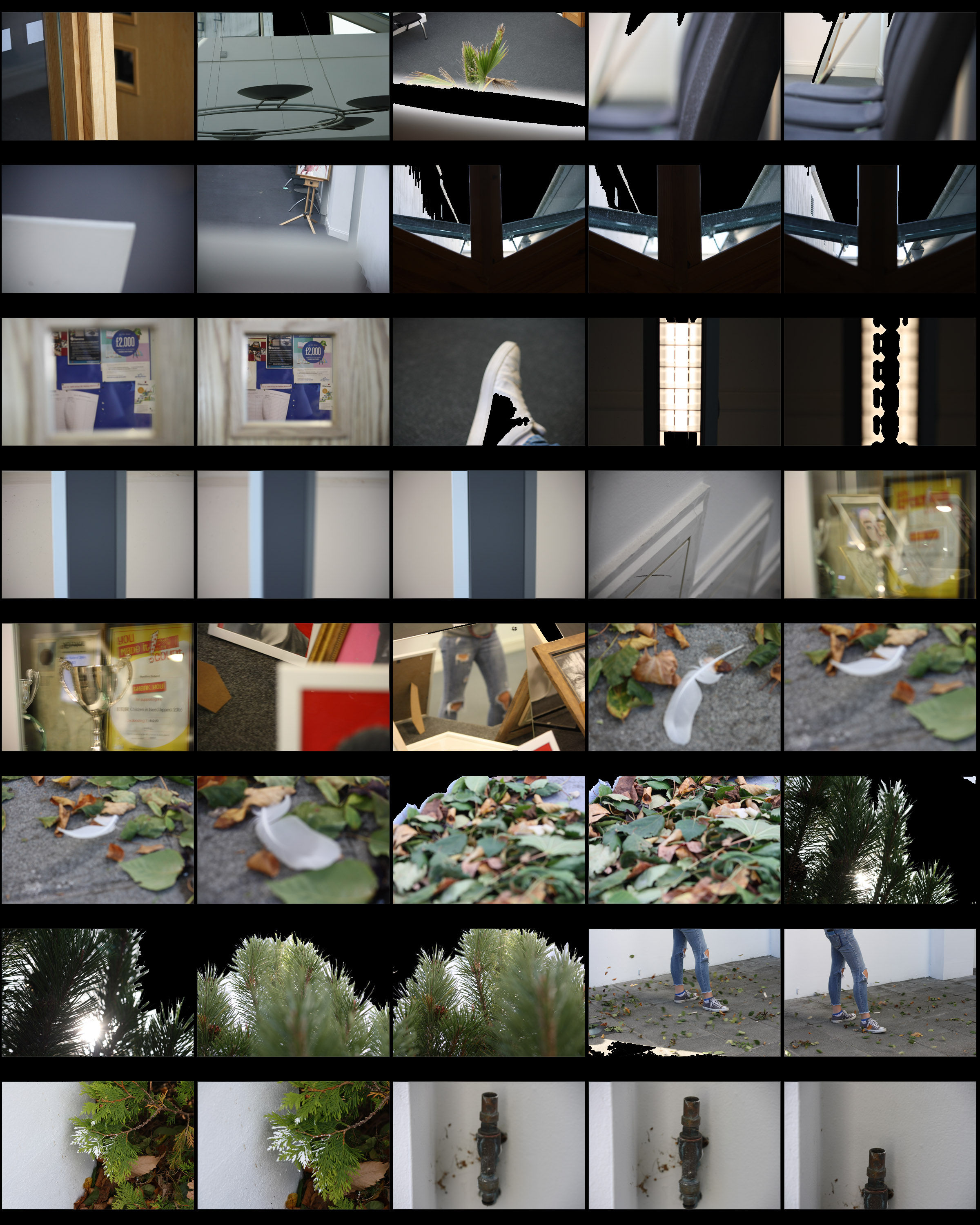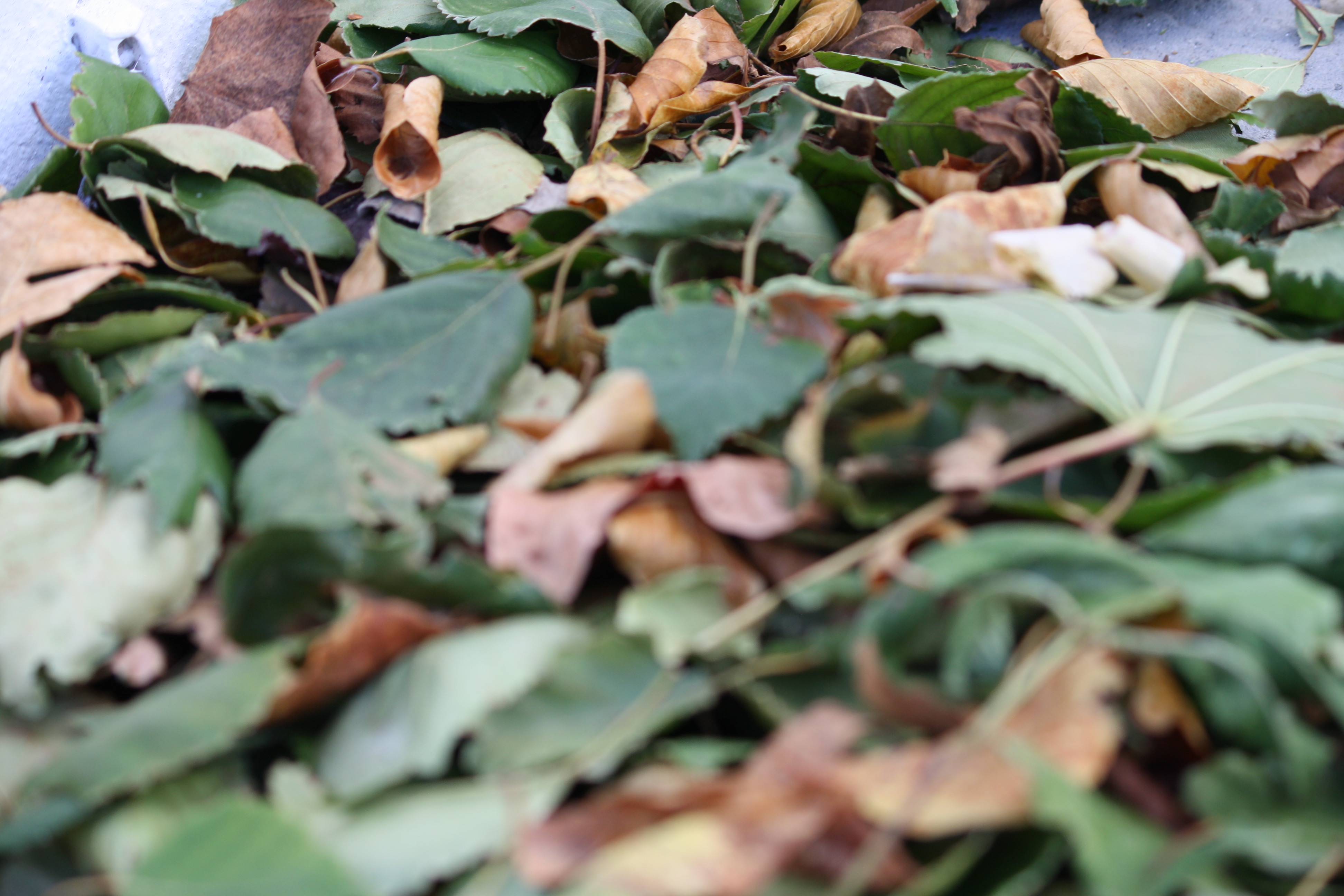Homework 4 | Practical / photoshoot
Due in WEDNESDAY 3RD OCTOBER (Week 5)
Minimum Expected frames/ exposures = 150-200 images
Choose from a range of camera skills that you have learned in Week 3 and 4 to complete a new photo-shoot…
We want to see that you can explore and extend your handling of
- exposure settings
- focus control
- depth of field
INSPIRATION >>> choose from the following to inspire your ideas.Look carefully at the examples and aim to produce similar images that work well as a group…together.
1. Ralph Eugene Meatyard:
‘No Focus’
‘Zen Twigs’
2. Saul Leiter
Leiter was foremost a painter who discovered the possibilities of colour photography. He created an extraordinary body of work, beginning in the 1940s. His images explore colour harmonies and often exploit unusual framing devices – shop signs, umbrellas, curtains, car doors, windows dripping with condensation – to create abstracted compositions of everyday street life in the city. Leiter was fond of using long lenses, partly so that he could remain unobserved, but also so that he could compress space, juxtaposing objects and people in unusual ways. Many of his images use negative space, with large out of focus areas, drawing our eye to a particular detail or splash of colour.
“When we do not know why the photographer has taken a picture and when we do not know why we are looking at it, all of a sudden we discover something that we start seeing. I like this confusion.”
— Saul Leiter
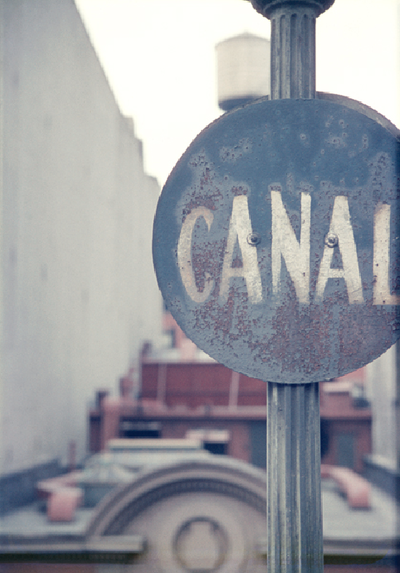

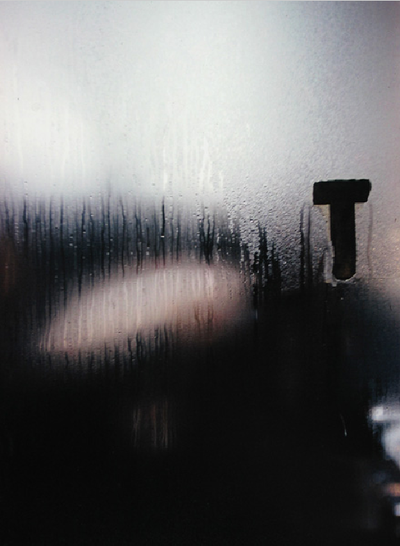
3. Uta Barth
|
|
— Tanya Bonakdar Gallery
You must:
- Research the work of Ralph Eugene Meatyard, Saul Leiter and Uta Barth. How have they experimented with focus and depth of field in their work? Choose specific images to comment on in detail. You could also find other photographers who are interested in experimenting with focus effects.
- Explore the effects of changing the aperture settings on your camera to alter depth of field. You could illustrate this with a series of photos of the same subject shot with different aperture settings.
- Create a series of deliberately out of focus images. Consider the degree of abstraction in the final image. How out of focus are the subjects and are they still recognisable? Experiment with colour and black and white. REMEMBER TO USE MANUAL FOCUS AND THE INFINITY SETTING (MAKING THE IMAGE OUT OF FOCUS)
- Create a series of images which explore dramatic depth of field (selective focus). Experiment with switching between foreground, middle ground and background focus. Remember, you will need to use a wide aperture (small number e.g. f2.8) and/or a longer lens for this. Remember to share all of the images you make (including those that you deem failures) in a gallery/contact sheet.
- Curate your images into different groupings (see below). Experiment with editing the images in each set differently. Give each set a title and write a short evaluation explaining your editorial decisions.
Other inspirations
Examples of student work:

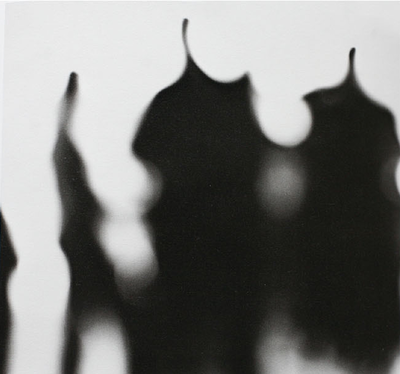
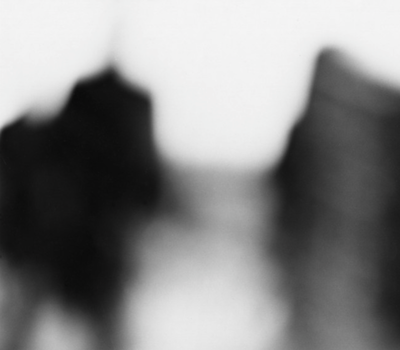
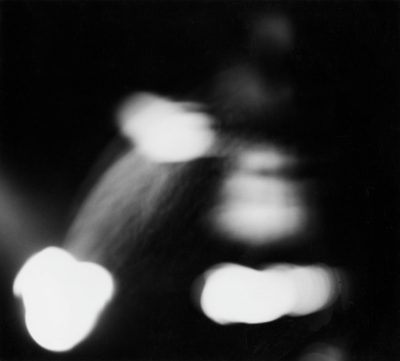
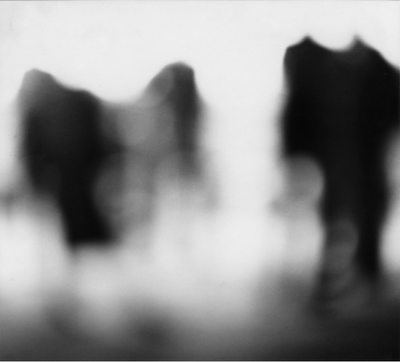
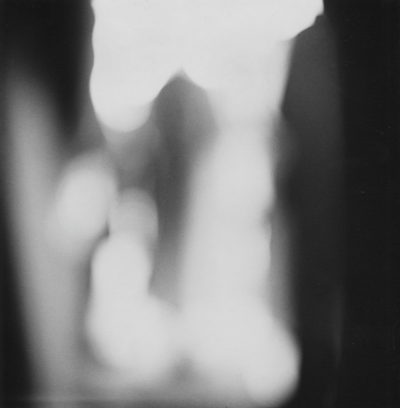
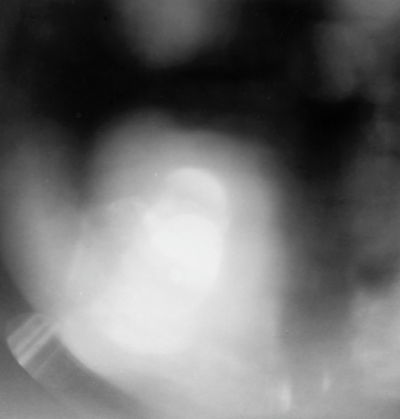
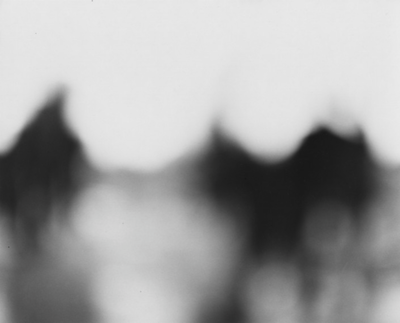
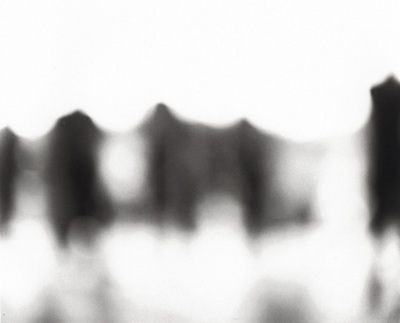
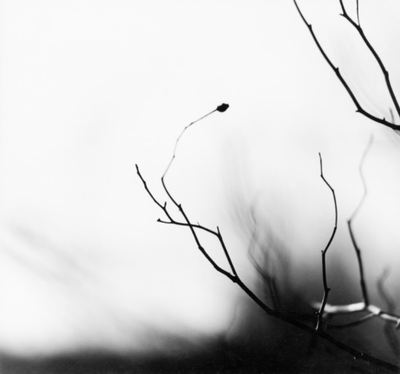
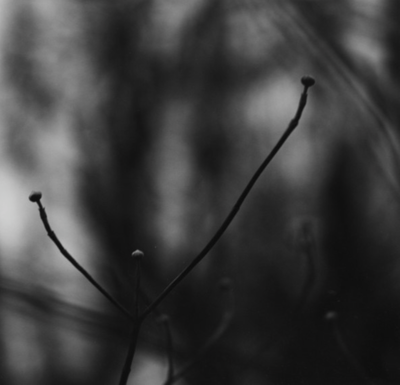
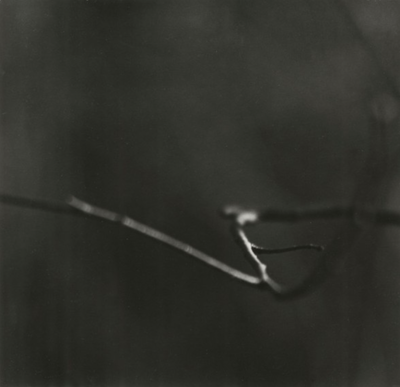
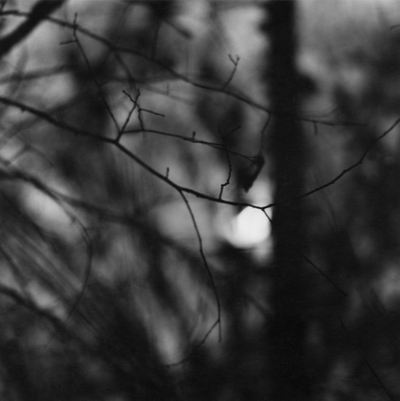
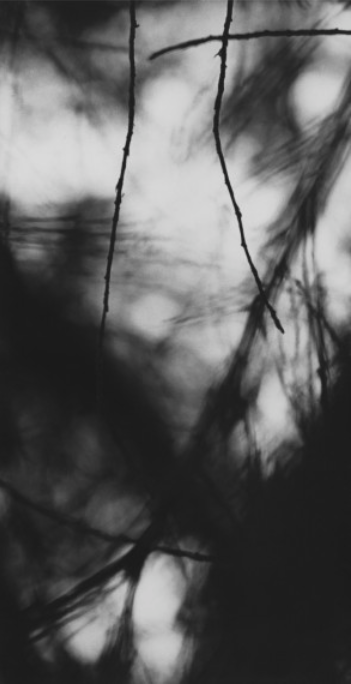
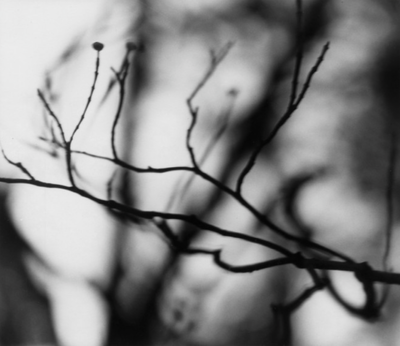
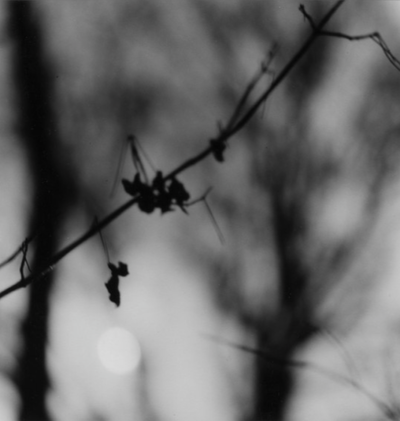
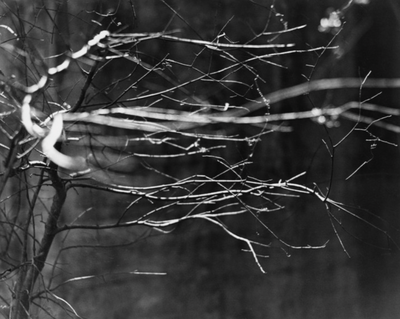
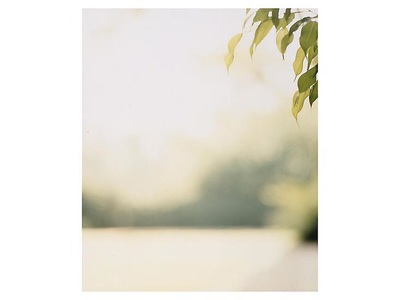
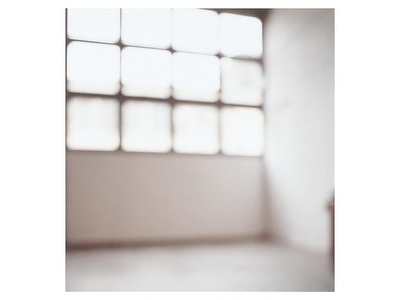
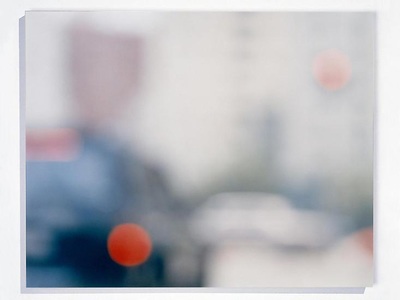
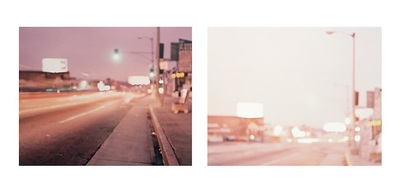
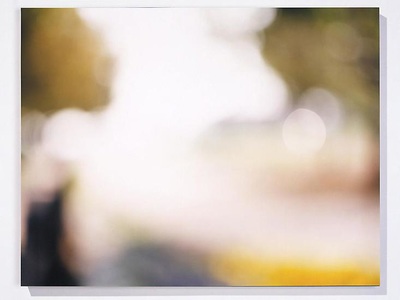
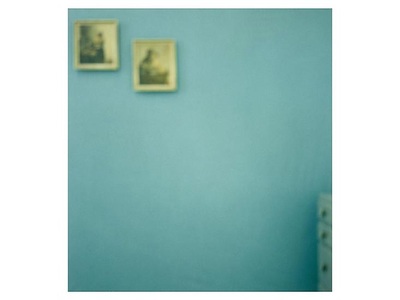
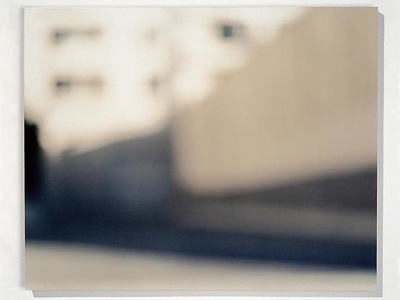
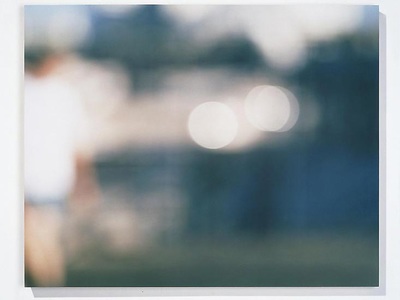
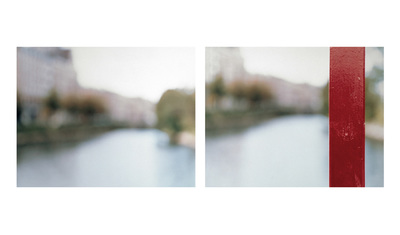
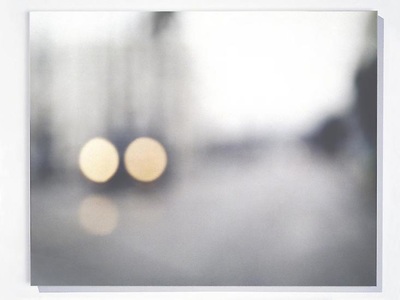
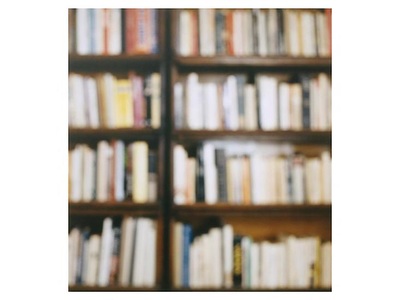
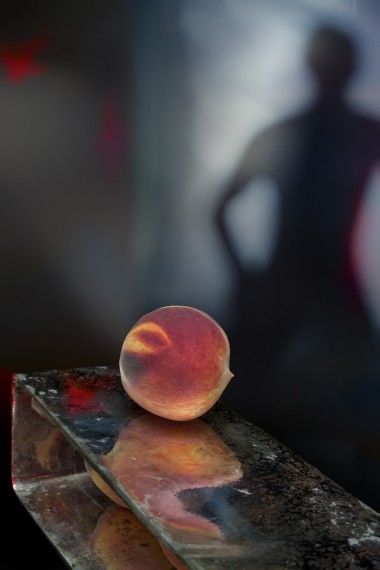
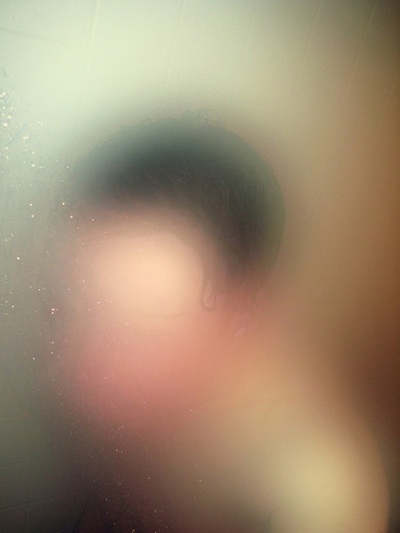
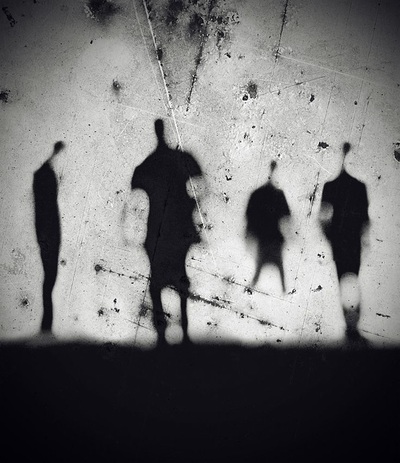
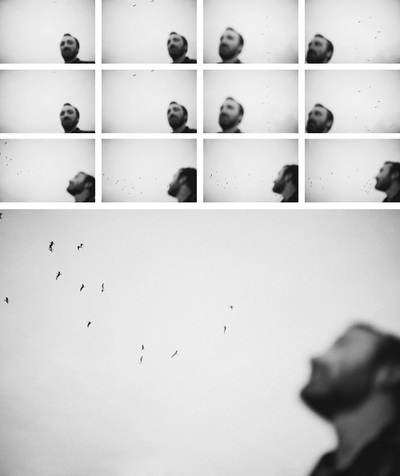

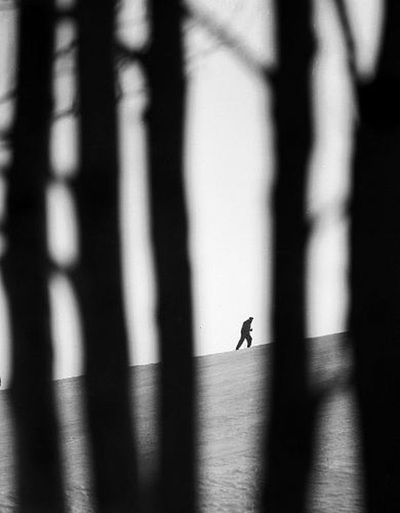
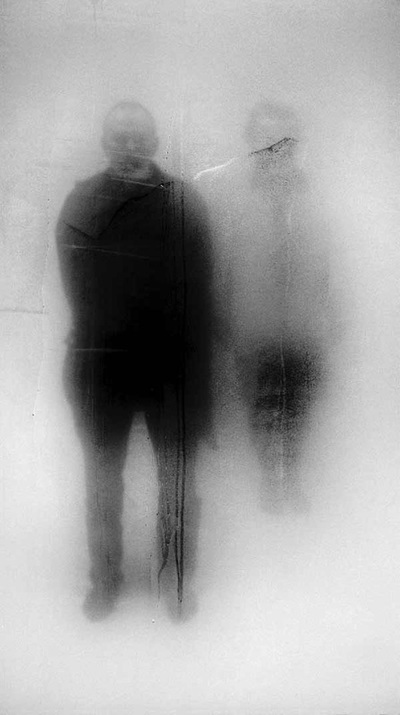
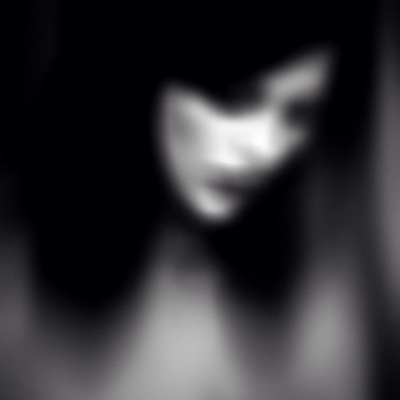
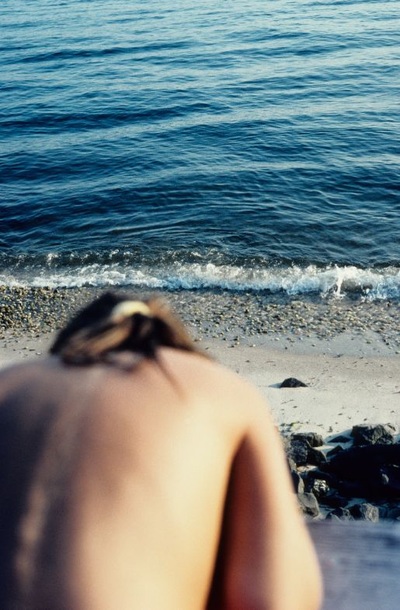
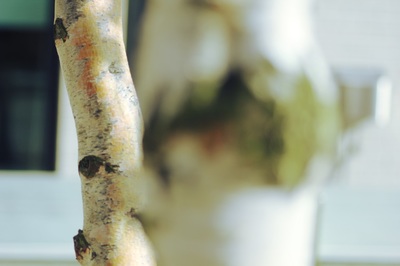
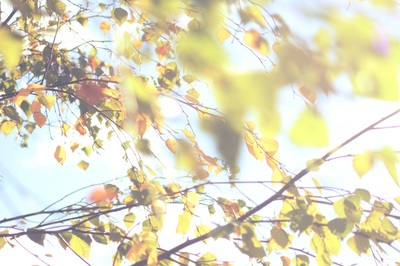
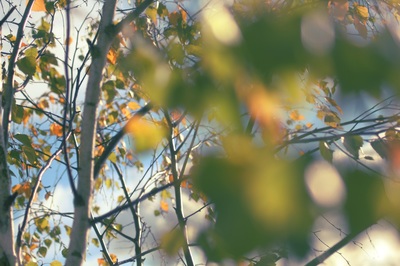
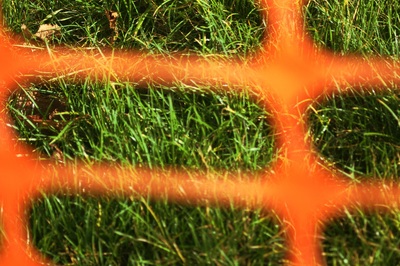
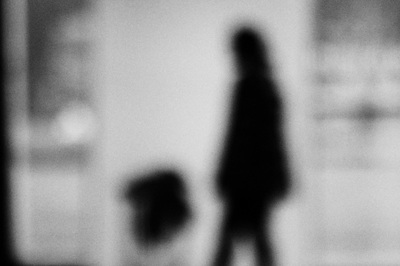
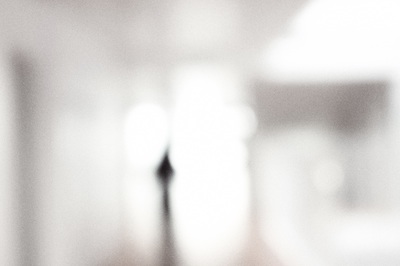
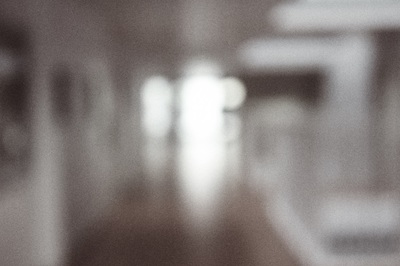
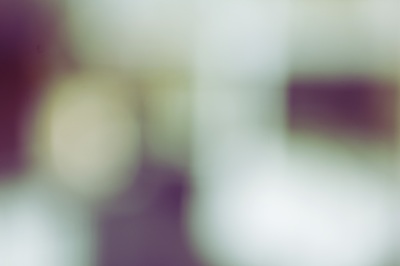
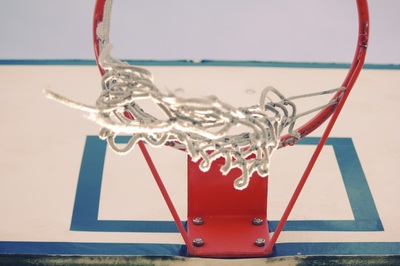
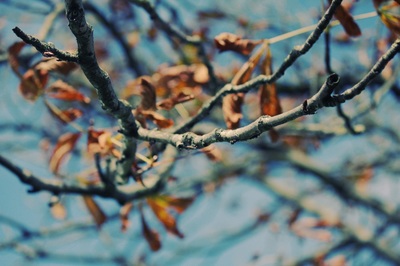
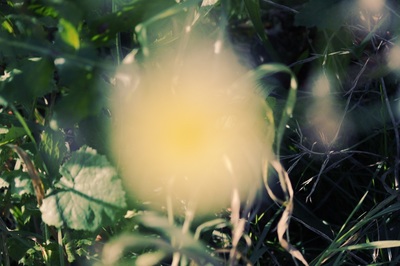
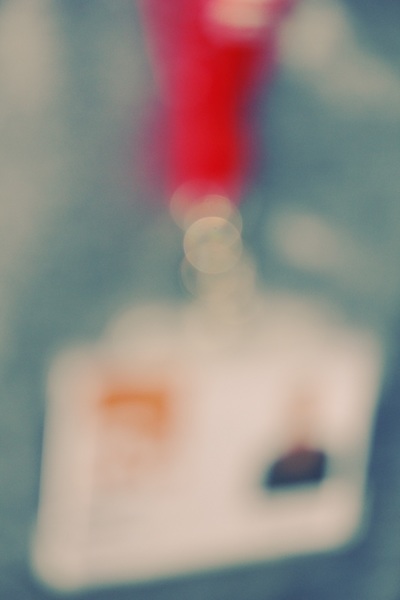
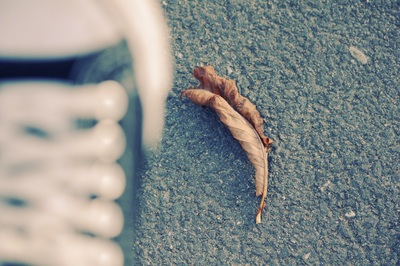
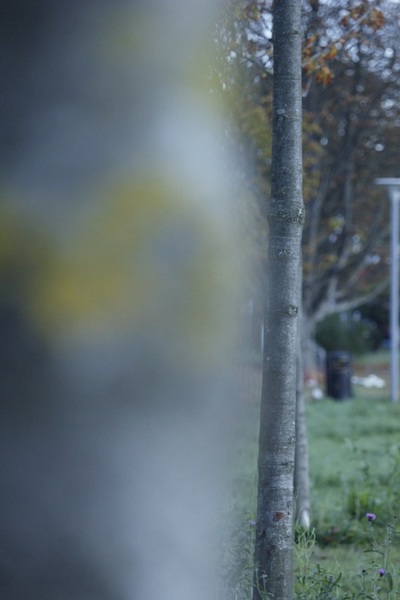
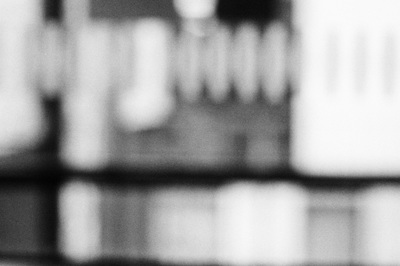
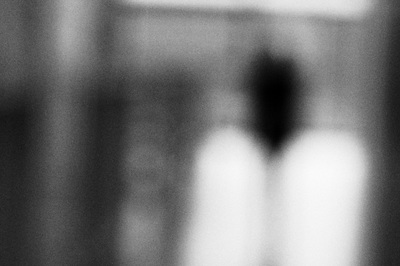
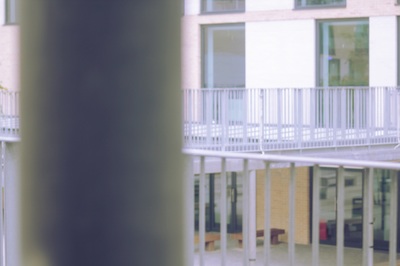
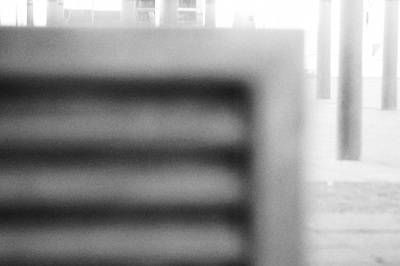
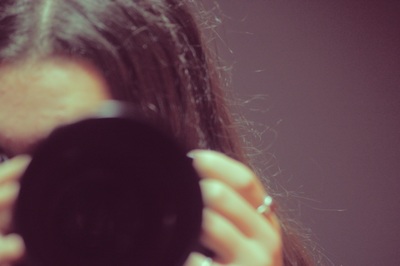
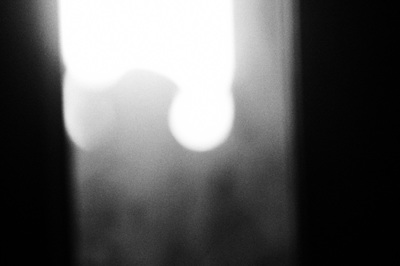
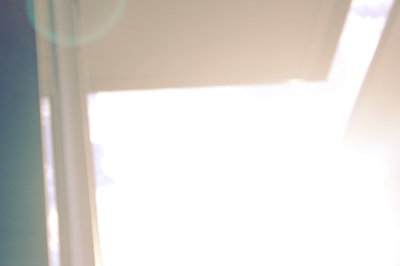
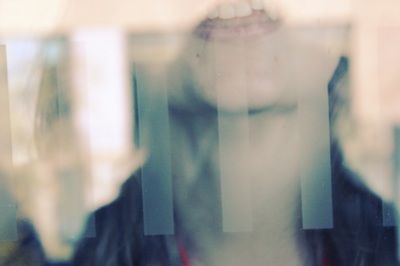
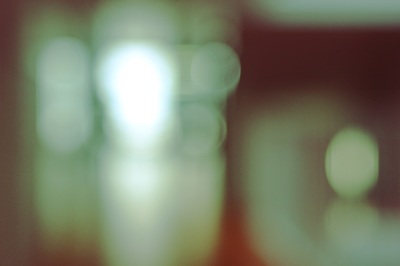
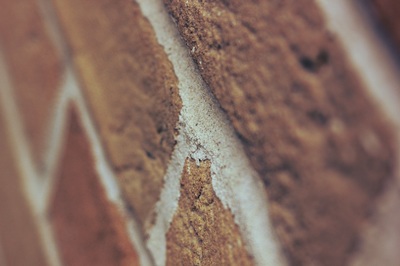
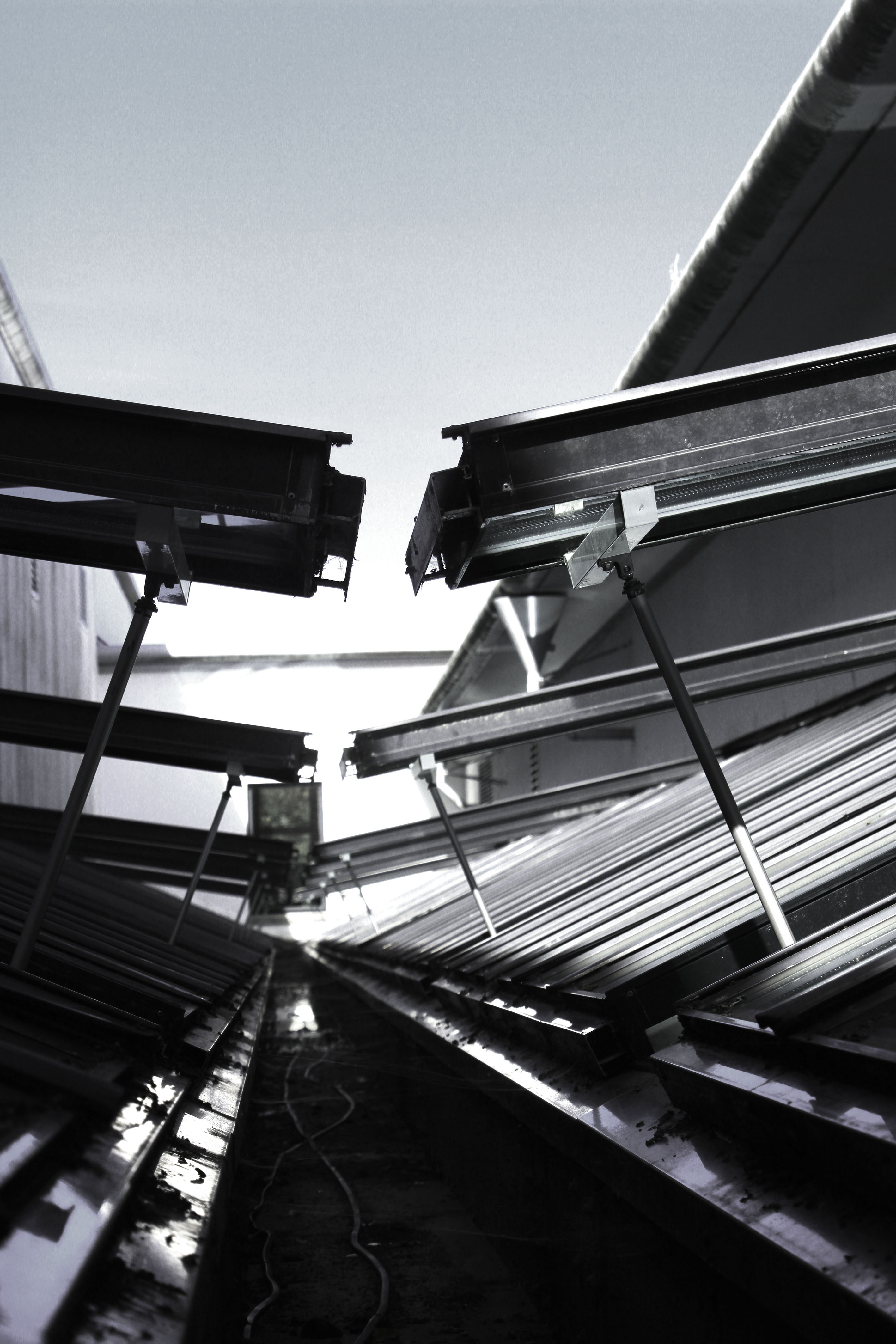
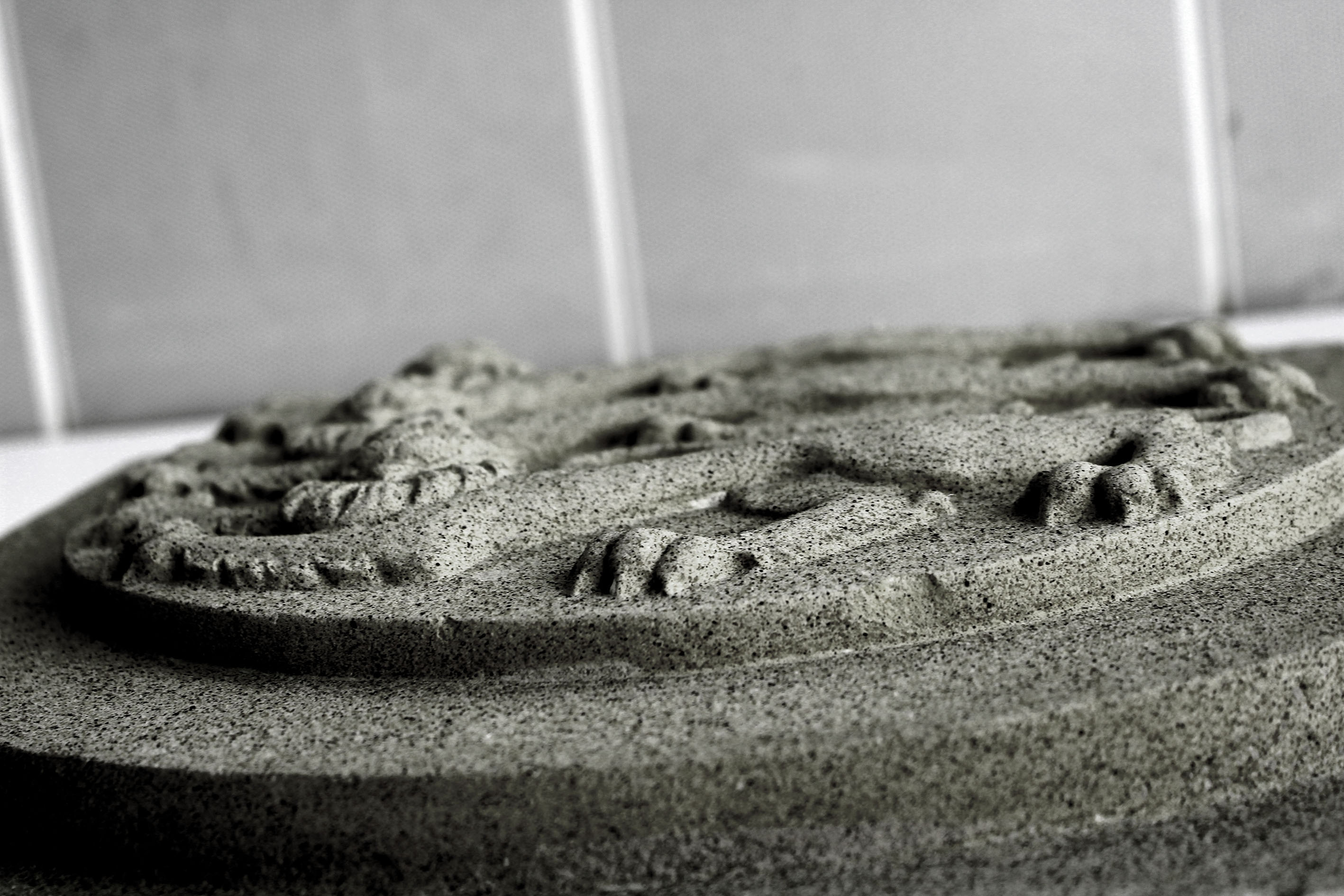
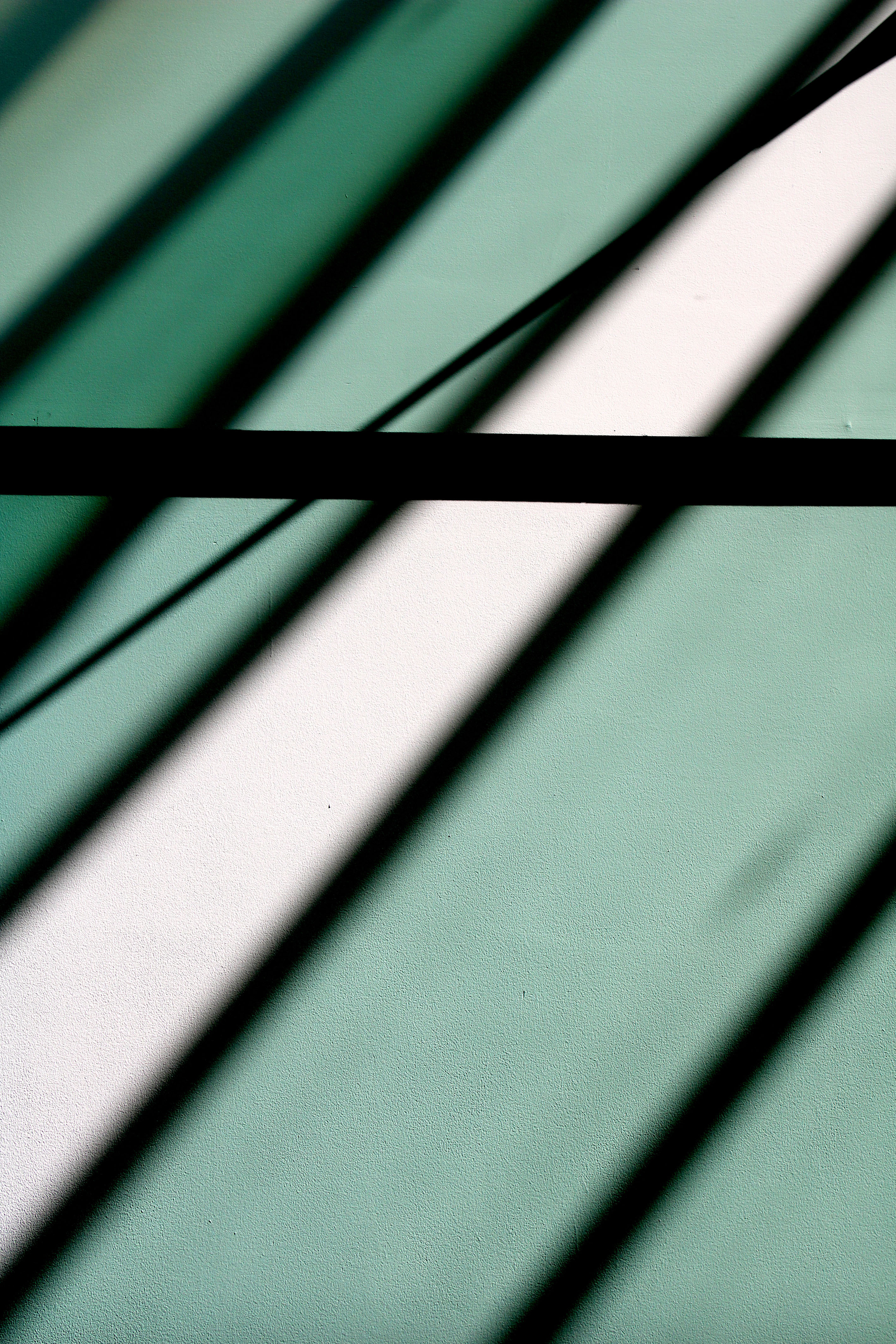
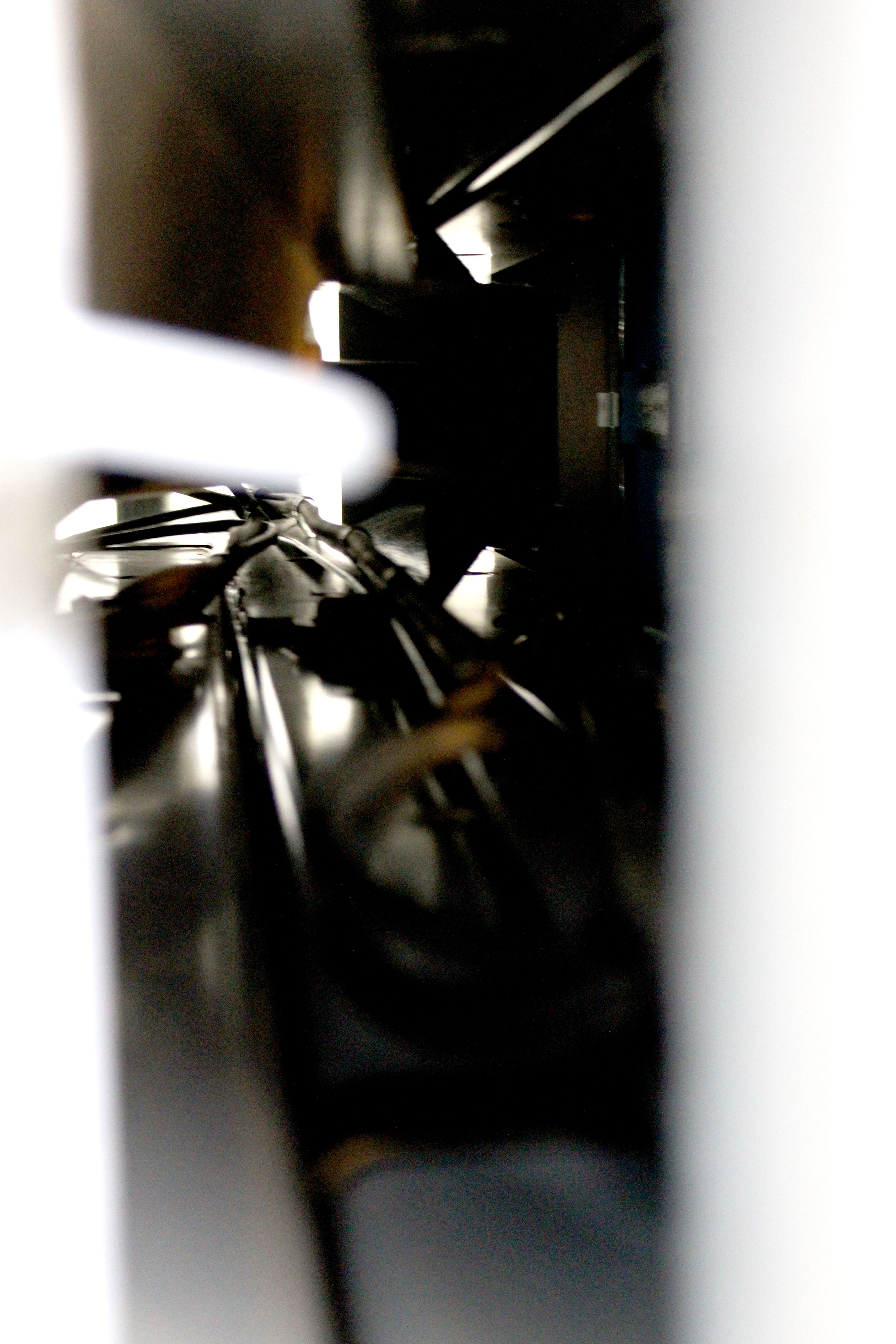
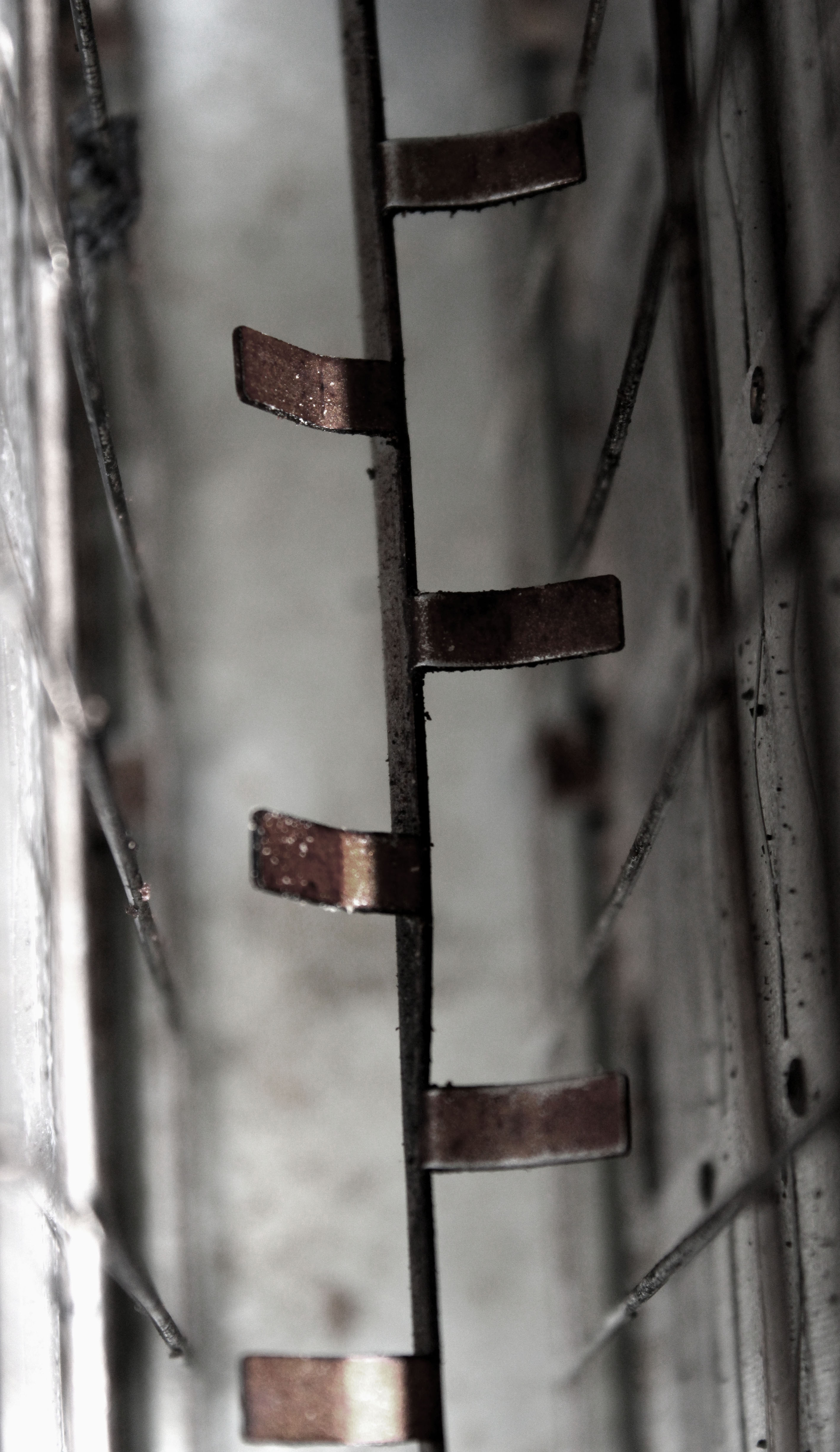

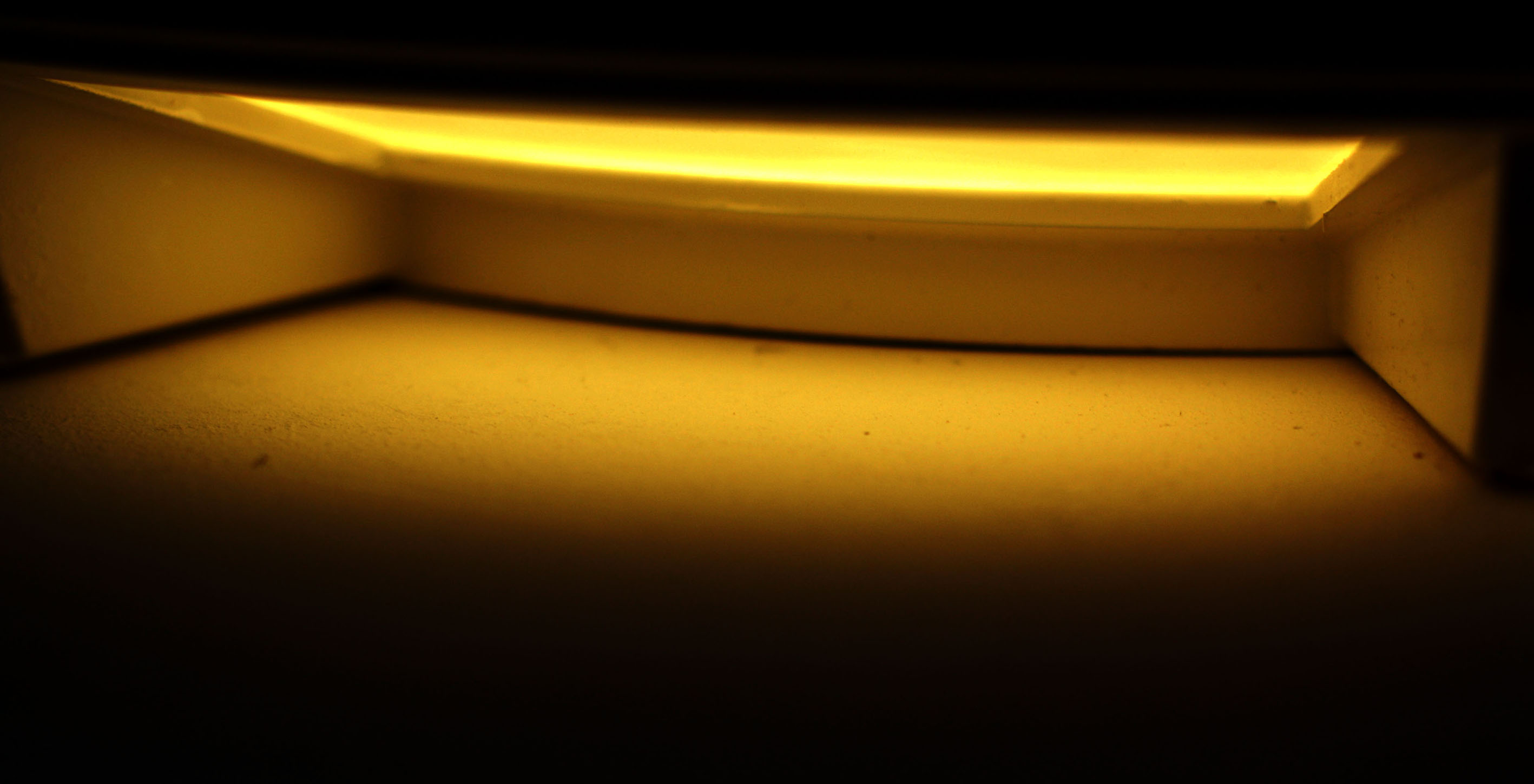

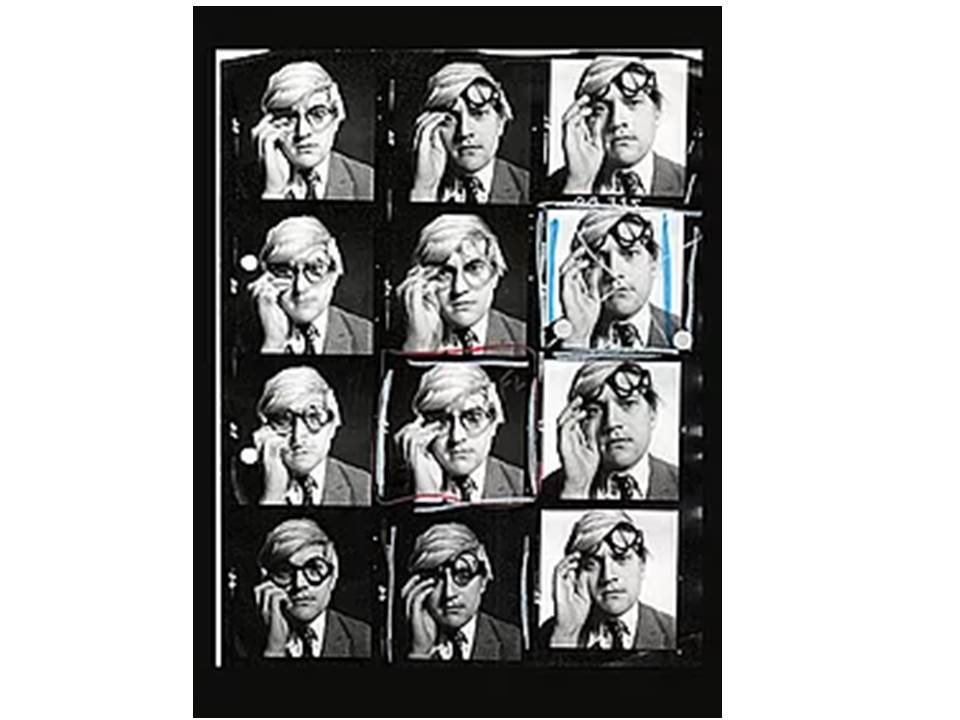
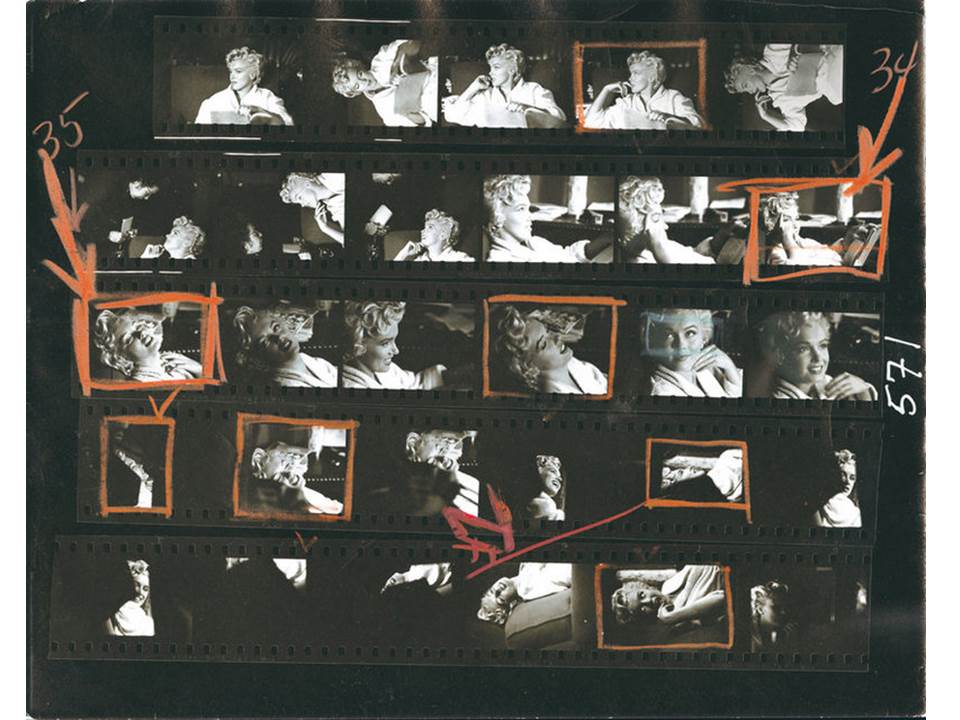
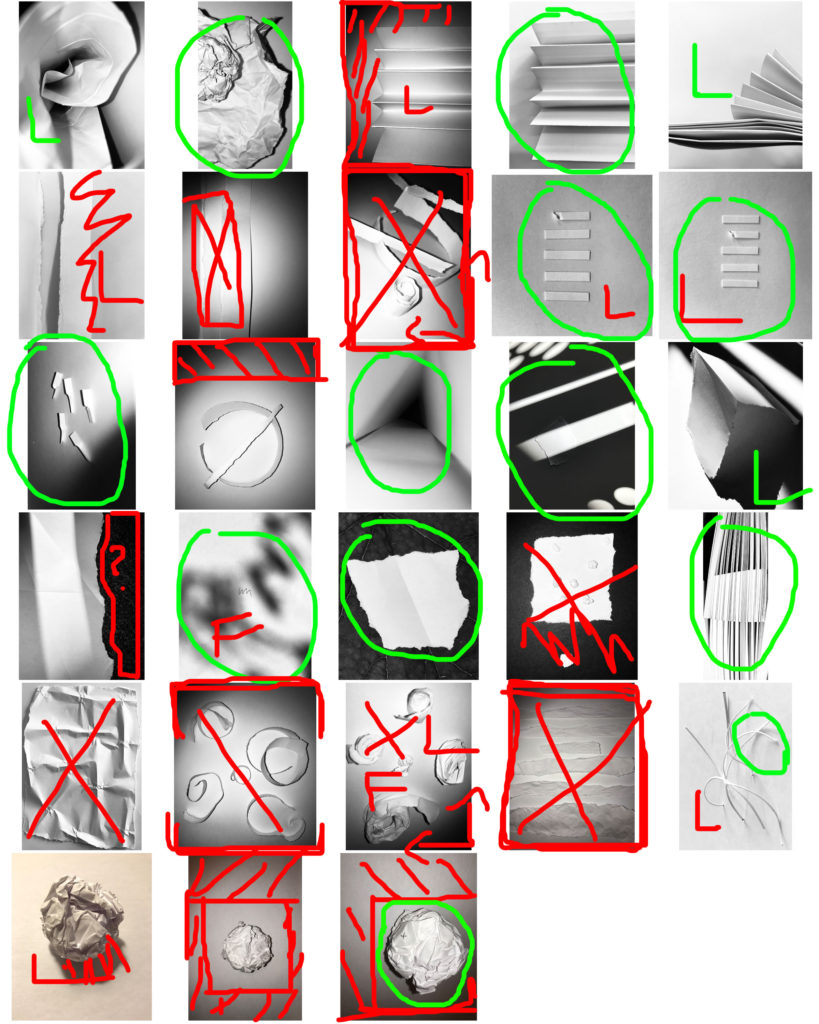


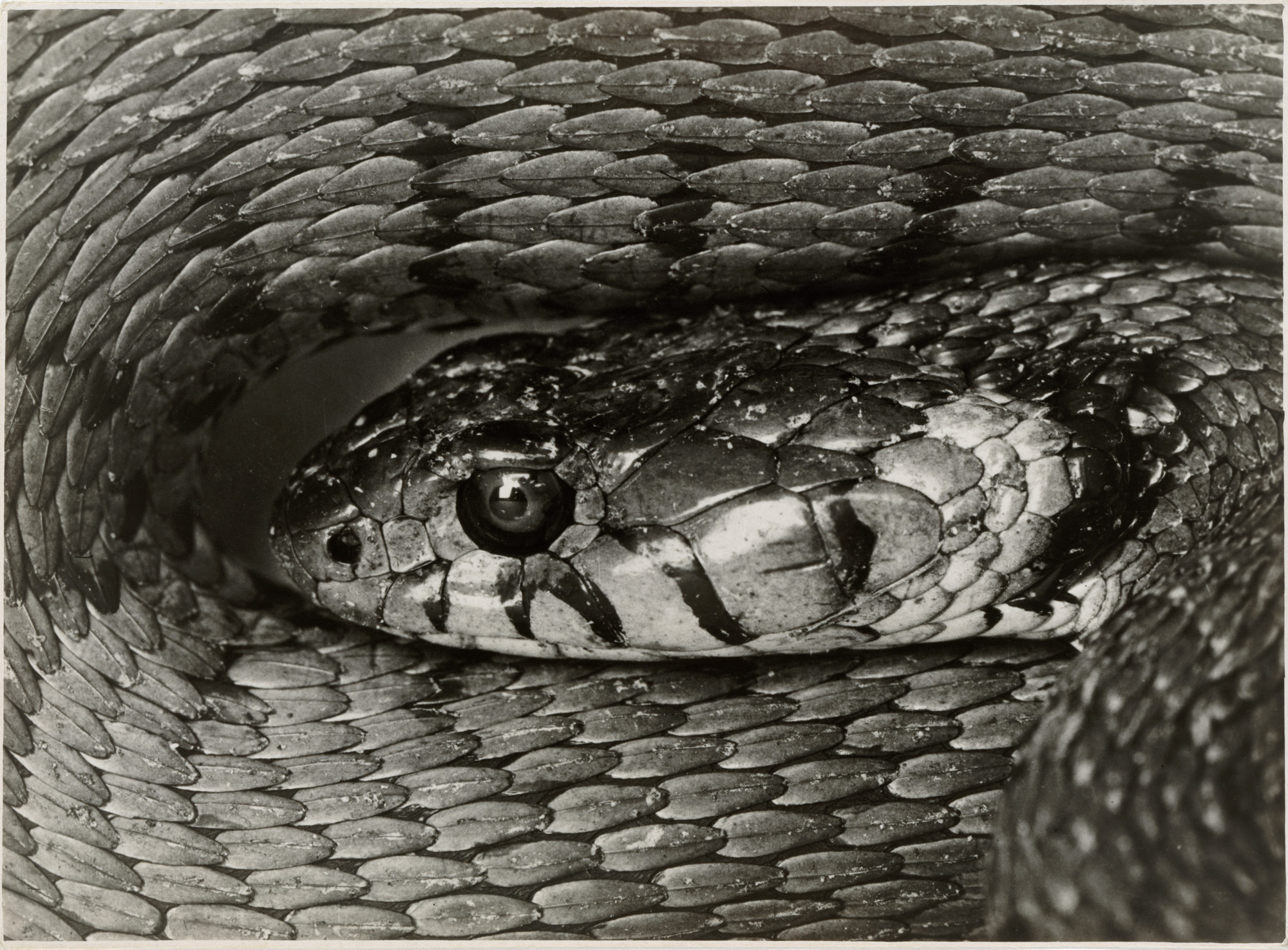
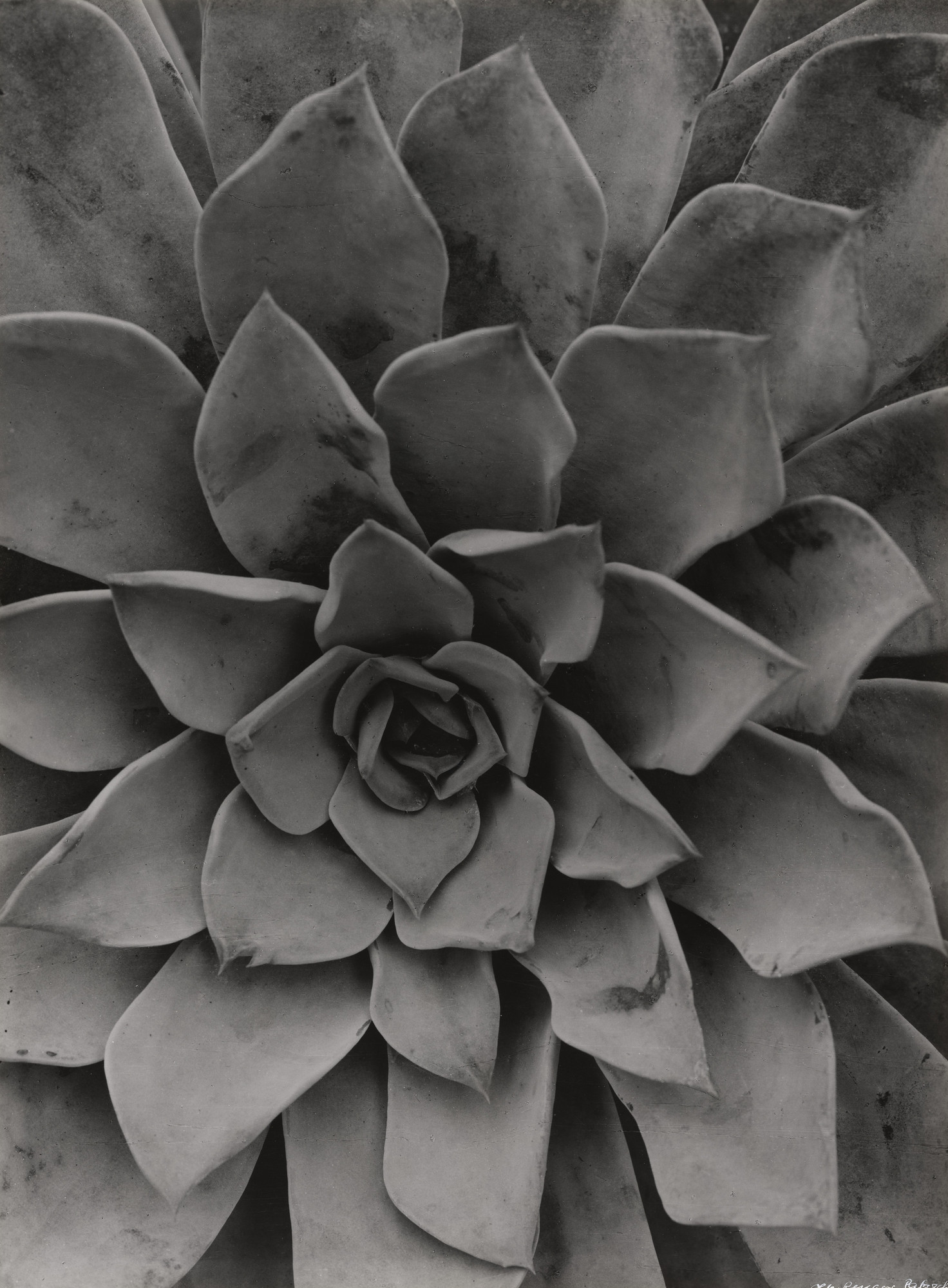

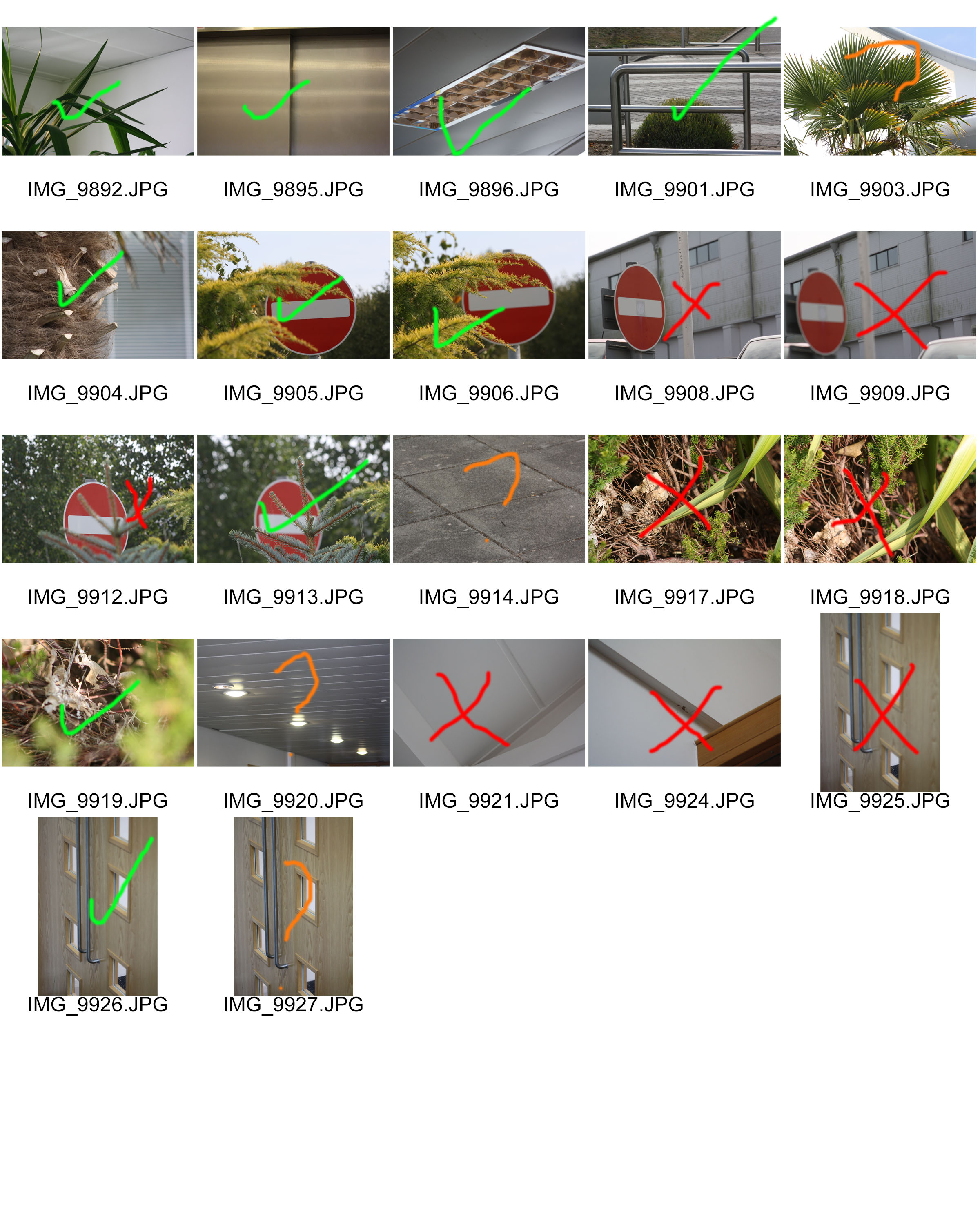
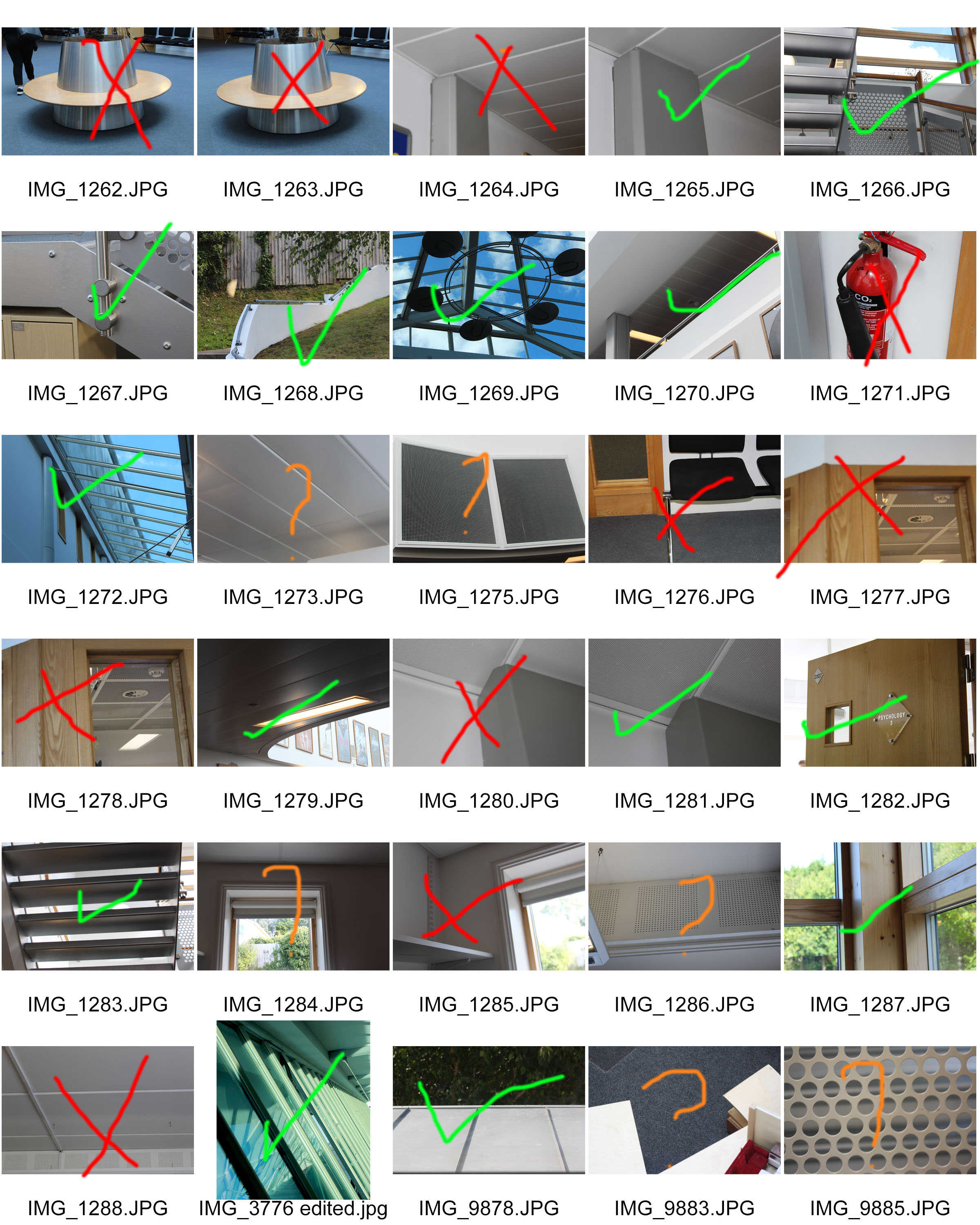
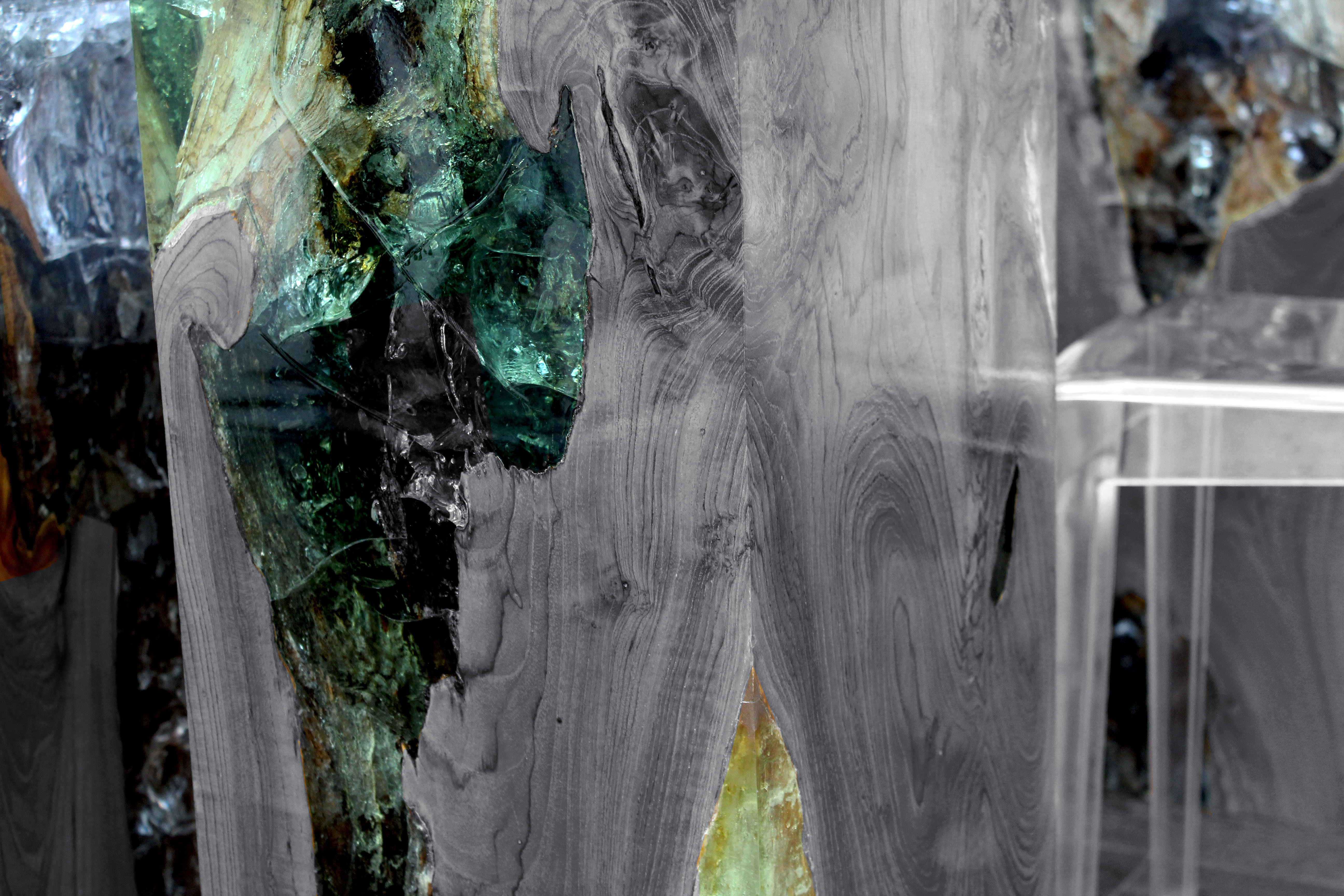
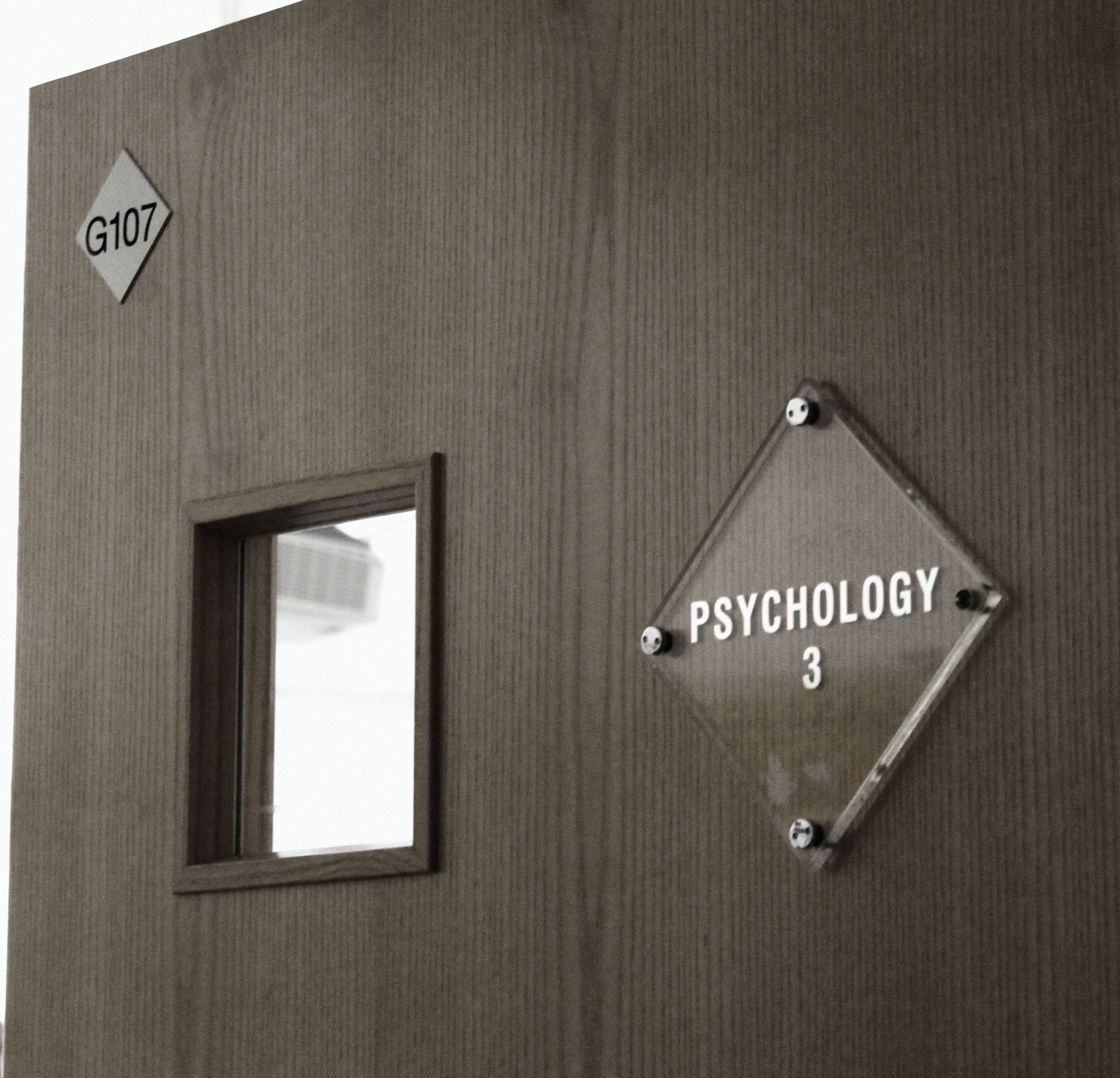

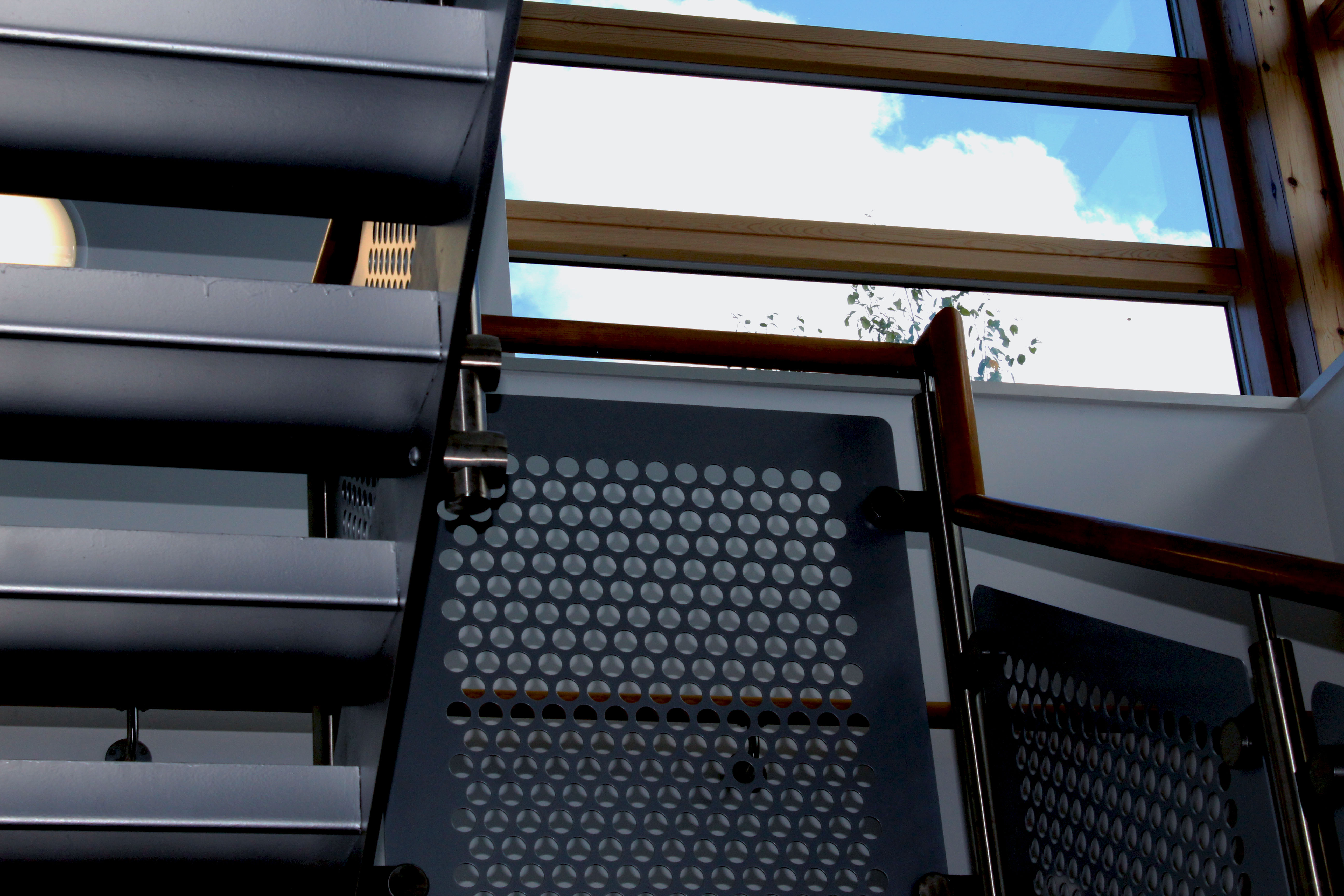






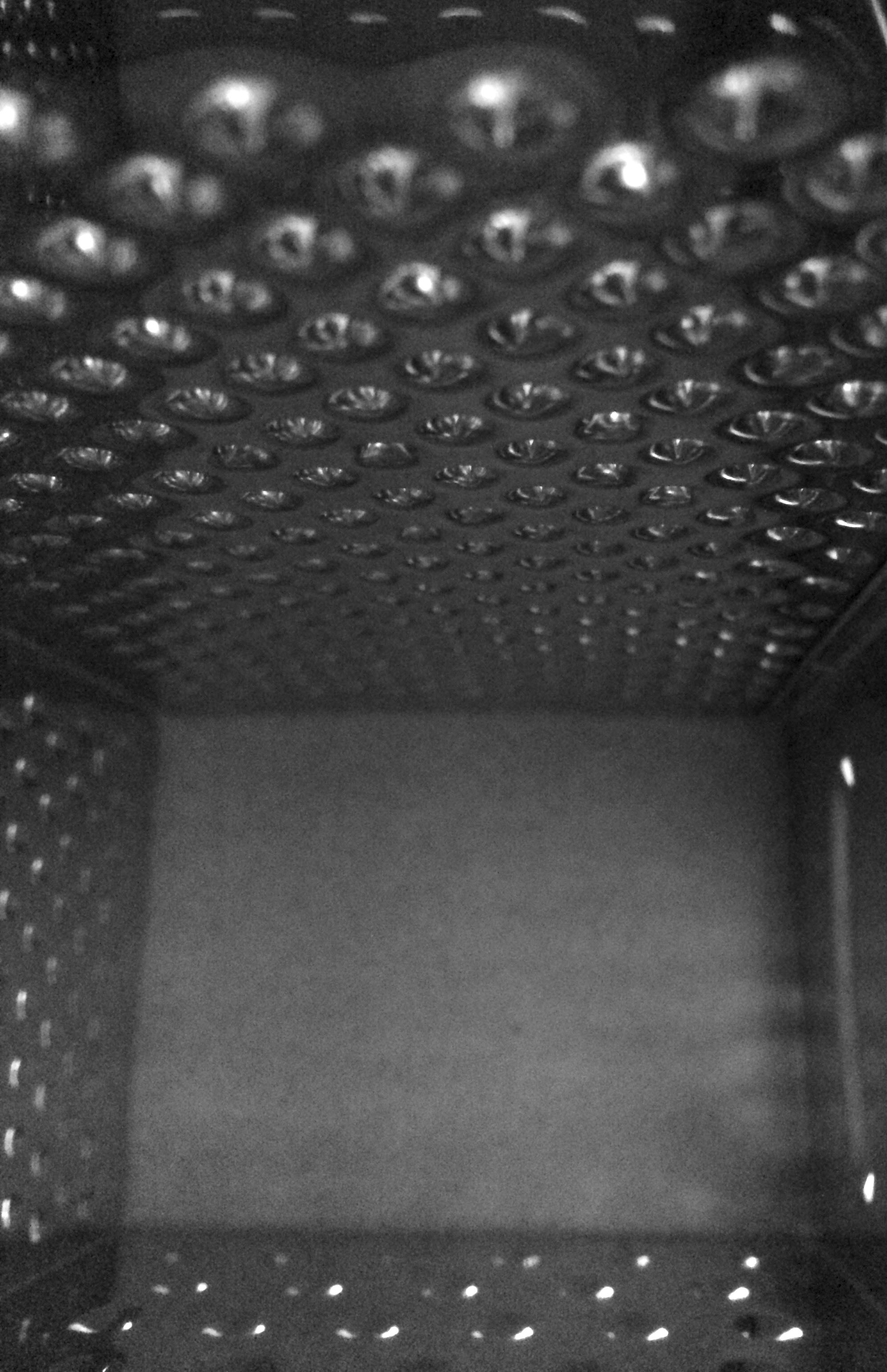
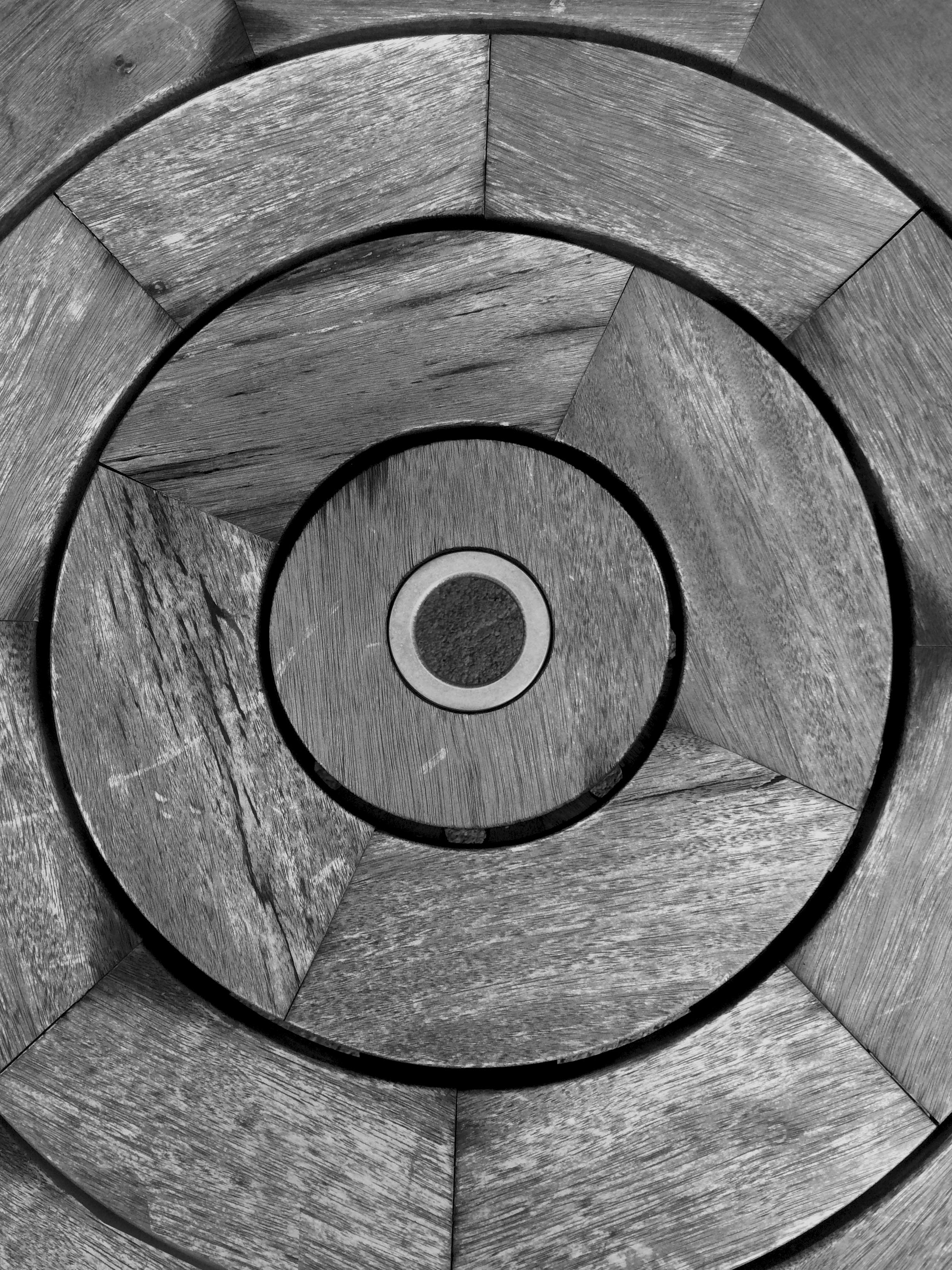
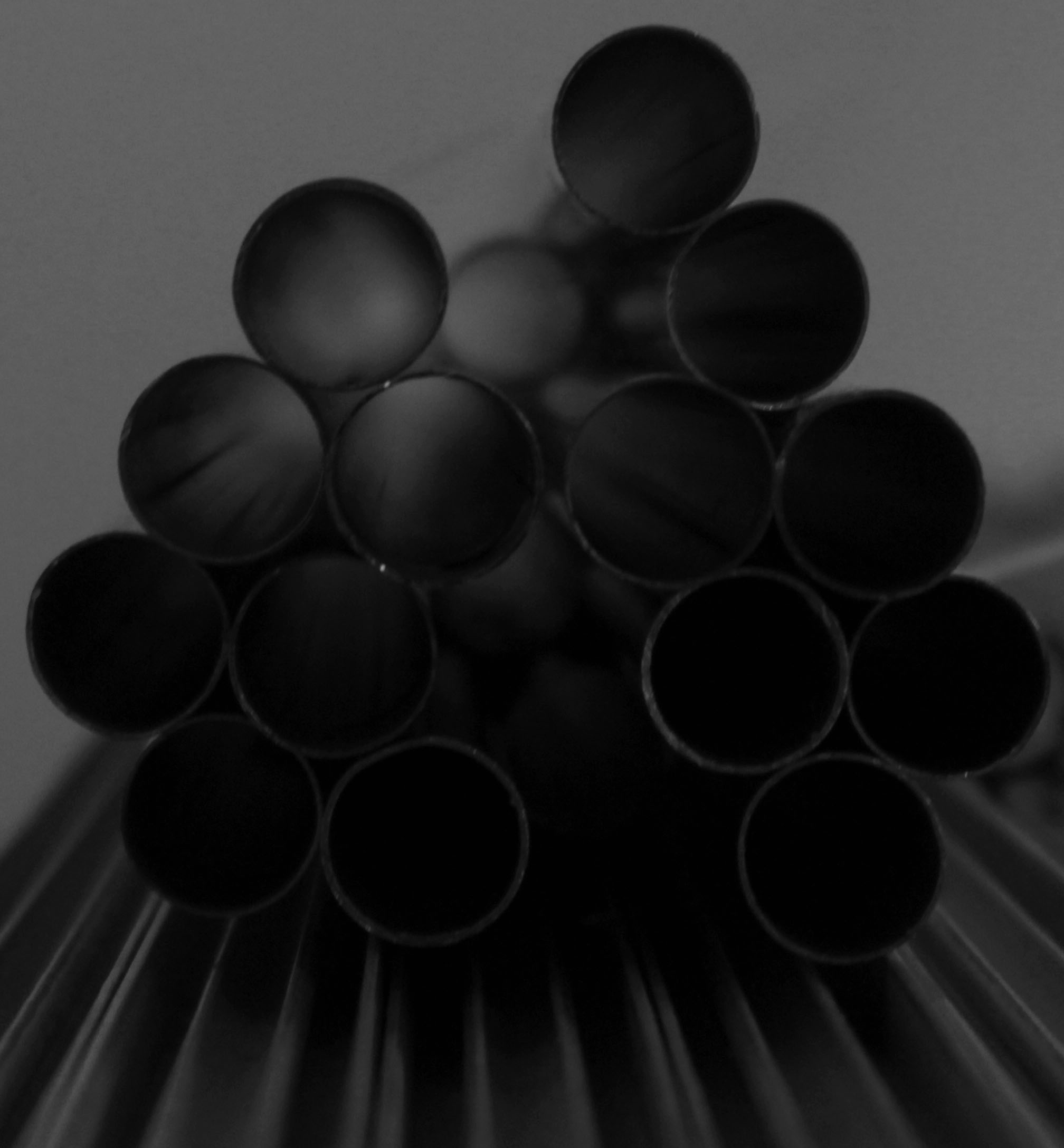




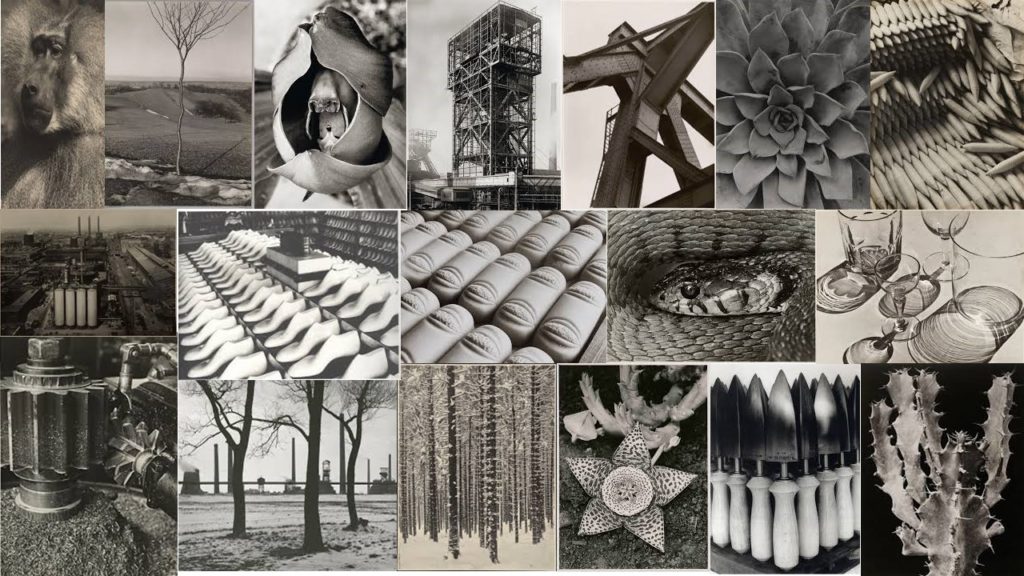
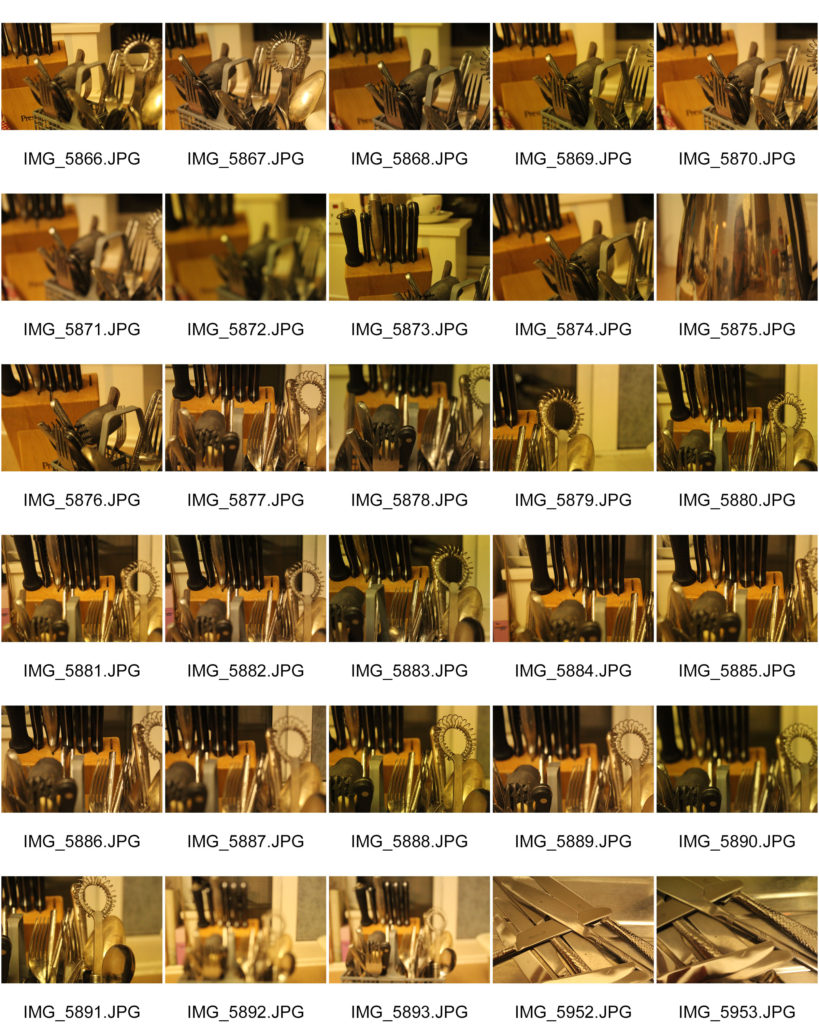


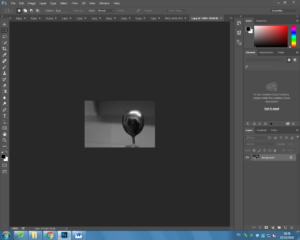
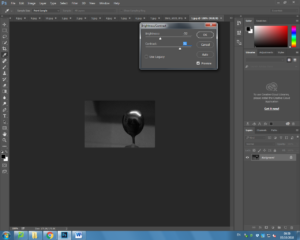

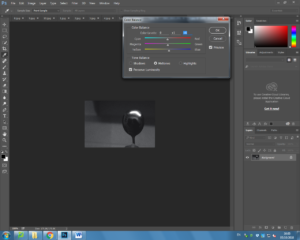




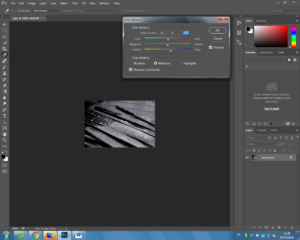



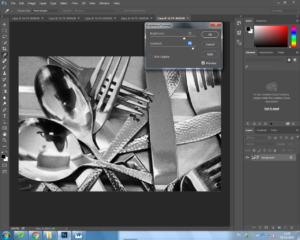
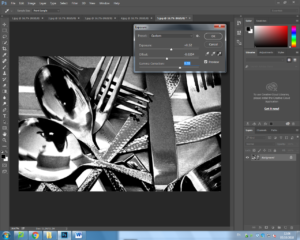
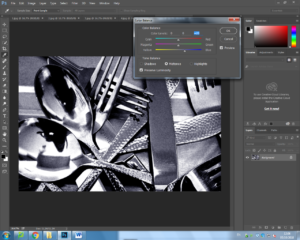

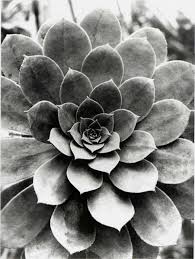
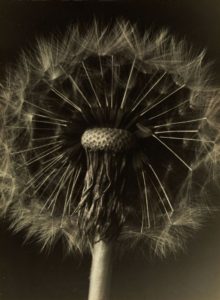
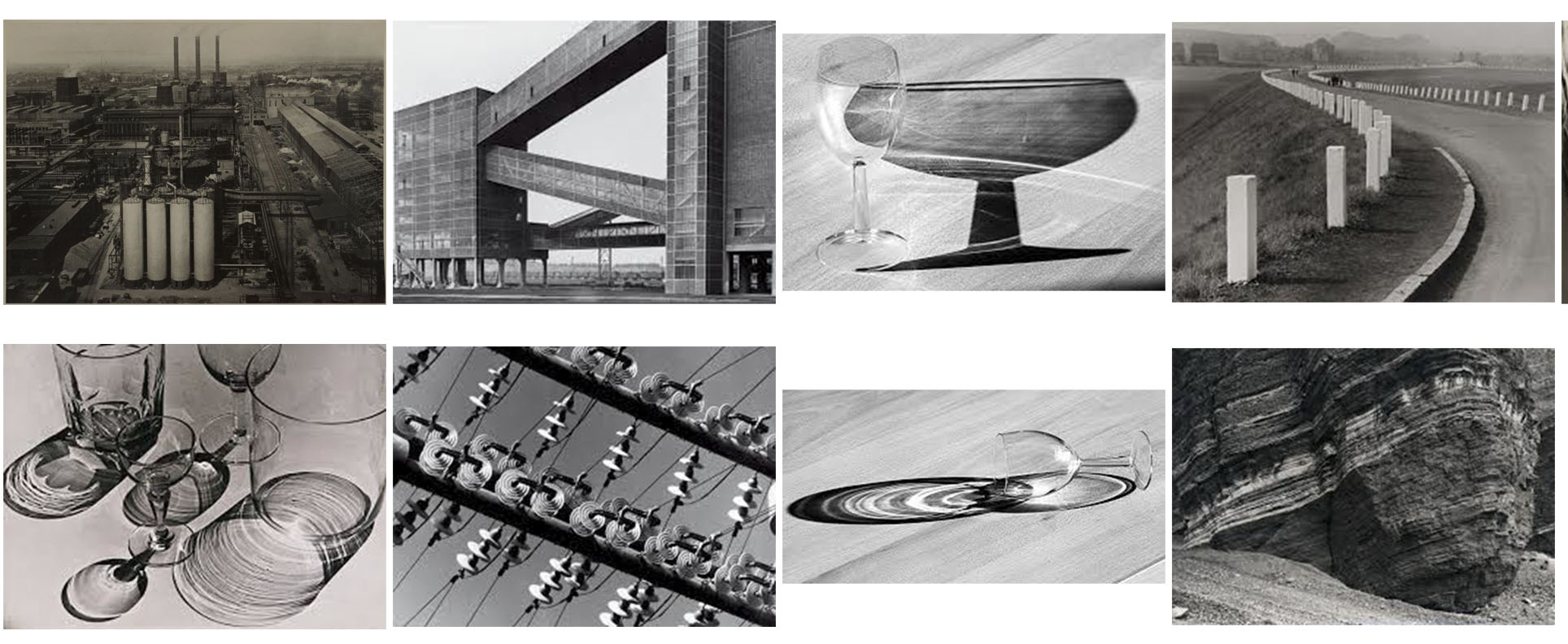

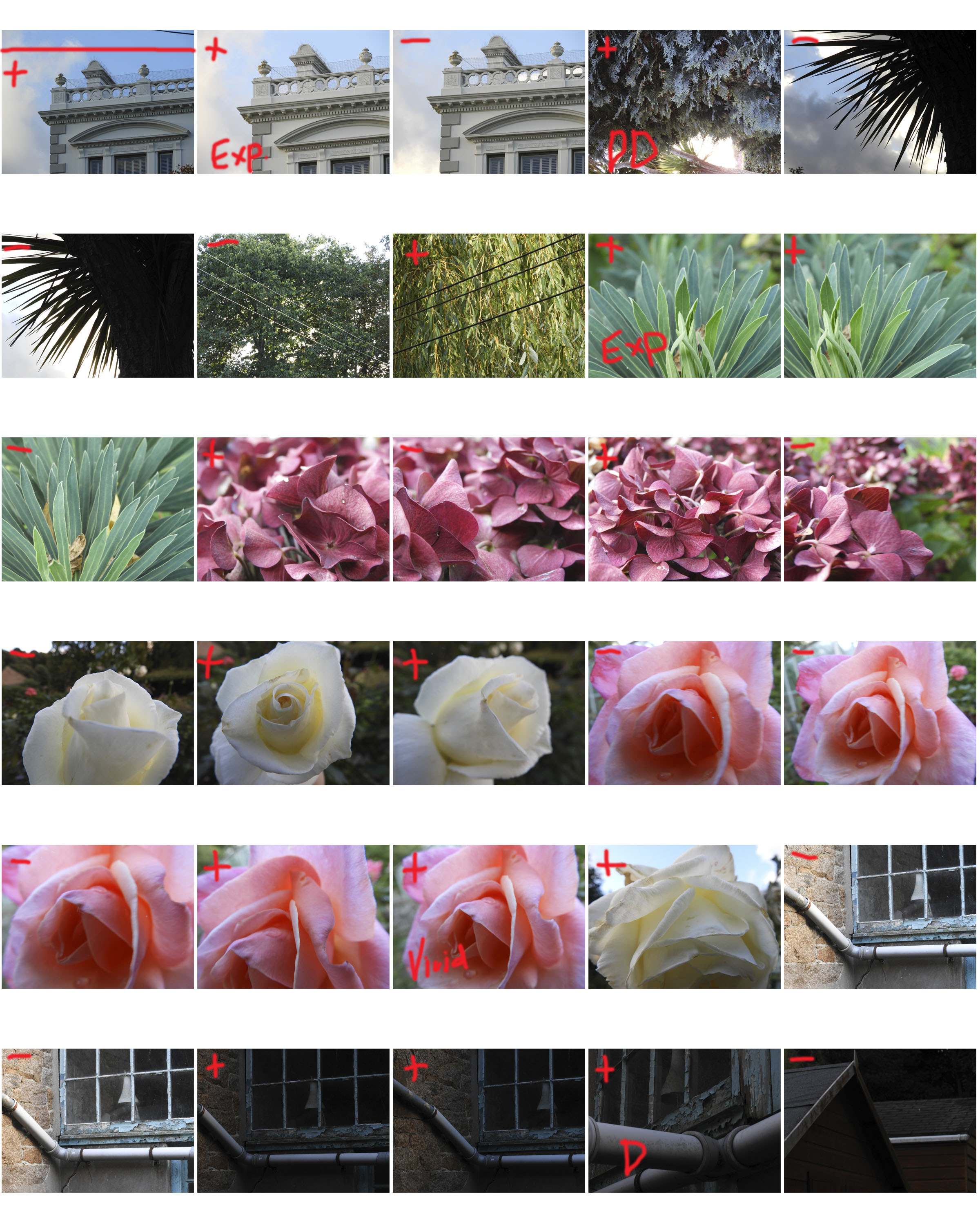
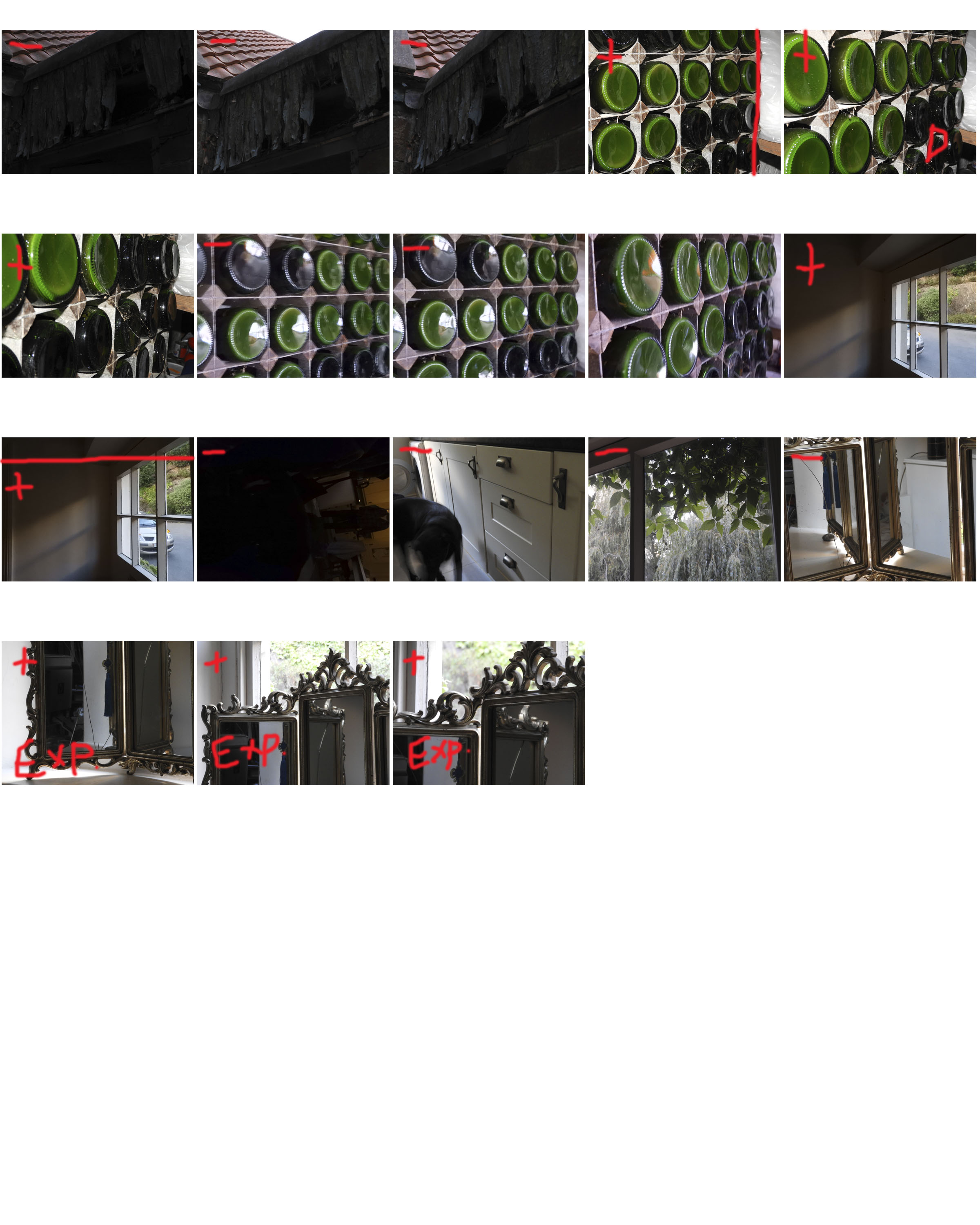
















 These four images are from my first shoot where I have presented the style of Albert Renger-Patzsch. I mainly focused on industrial images for this shoot as his industrial images were some of my favorites. I liked the way he photographed such simple things but they created such a photo, in a way of shapes being repeated or shapes contrasting each other, also the light and dark tones throughout his industrial images. His industrial images showed the world in a new way, instead of having photos with one specific meaning, he photographed photos that could have multiple meanings and moods.
These four images are from my first shoot where I have presented the style of Albert Renger-Patzsch. I mainly focused on industrial images for this shoot as his industrial images were some of my favorites. I liked the way he photographed such simple things but they created such a photo, in a way of shapes being repeated or shapes contrasting each other, also the light and dark tones throughout his industrial images. His industrial images showed the world in a new way, instead of having photos with one specific meaning, he photographed photos that could have multiple meanings and moods.


